Created in 2006 by the Jardin brothers, the Lumigny-Nesles-Ormeaux animal park is located not far from Coulommiers in Seine-et-Marne (77), nearly an hour from the capital. It extends over approximately 92 hectares in the heart of Brie and is made up of the Parc des Félins, Terre de Singes which is also home to birds of the parrot family, the Island of lemurs and the Ferme de Babette.
You can visit the 2 parks separately or in groups for a day, on foot or aboard the little train, the “Trans Félins”, on a 25-minute circuit allowing you to be immersed in the territory of the animals that reside there. .
The Parc des Félins allows you to discover 26 of the 36 species of felines still alive, i.e. 300 animals over 71 ha, while the Terre des Singes is home to nearly 300 animals including Barbary macaques, geladas, tamarins, marmosets, patas… but also parrots such as macaws or lorikeets, all on 21 ha.
In addition, “Ile aux lemurs” presents more than sixty lemurs in total freedom on an island of one hectare and the “Ferme de Babette” for young and old who wish to come into contact with domestic animals. Every day, “Anim’ Mobile” allows visitors to meet animators throughout the duration of the visit, thus discovering the specificities of each species. Do not forget the attraction, cinema in 4D, “Le Voyage de Noé” .
Feline Park
The Parc des Félins is divided into 4 sectors, each of which is dedicated to a continent. To better discover the felines, 4 circuits are proposed:
– European Circuit: Wildcats
– American circuit: bobcats, Geoffroy’s cats, jaquarondis, margays, ocelots, pumas napping in the trees, jaguars in a panoramic viewing area on the waterfall since 2019, oncilles, Canada lynx.
– Asian circuit: Asiatic lions, Sri Lankan panthers, clouded leopards (or longibands) which can hang from branches by their hind legs using their tail as a pendulum and descend from the trees head first: ruddy cats, manuls (octocolombus) or Pallas’s cat, which has longer belly hair than back hair to protect against cold soils and snow because it comes from the mountainous regions of Central Asia (from the Caspian Sea to China, the Mongolia and Nepal), fishing cats, Bengal leopard cats, Asian Chinese golden cats, snow leopards, Amur leopards, Siberian leopard cats, swamp cats, Sumatran tigers, Malaysian tigers, white tigers.
Regarding tigers, there are now 3,500 to 5,500 individuals in the wild, following in-situ conservation efforts to protect them from poaching and deforestation.
Since 2018, a large double footbridge has provided 400 meters of additional view on the territory of the white tigers and on the space dedicated to the 9 lions of East Africa, to fight against poaching, the Parc des Félins supports the NGO @pantherafrance. In addition, WWF and 13 countries where wild tigers are distributed, are working together to double the population in the coming years. Today, the objective set in 2010 has almost been achieved.
Land of Monkeys
With nearly 300 animals distributed in 4 enclosures over 21 ha. Terre de Singes, also called Terre des Safaris, has been open since 2016 opposite the Parc des Félins. It offers visitors an encounter with different breeds of monkeys and parrots (nearly a hundred birds in a 1,500 m² aviary).
Several activities are offered to visitors, including one reserved for children. It consists of making them perform the same gestures as primates. There is also the possibility of attending the feeding of monkeys and birds.
In this park, 4 “experiences” or safaris are offered to visitors accompanied by the keepers:
- Safari Magots: A journey among more than 50 Barbary macaques, free on their territory Safari Parrots: More than a hundred macaws, parakeets, and other Amazon birds frolic in a 1,500 m² aviary .
- Safari Lorikeets: The new aviary, inaugurated in 2019, welcomes rainbow lorikeets with shimmering colors. You can also feed the birds by hand.
- Lorikeets Safari: The new aviary, inaugurated in 2019, welcomes colorful rainbow lorikeets. You can also feed the birds by hand.
- Safari Saïmiris: Meeting with different monkeys on the Monkey Archipelago, built in 2021, on 3 ha. Each island has a different theme showing monkeys from the New World (yellow-breasted capuchins, black howlers, various spider monkeys, pinched tamarins, Peruvian saimiris, white-faced sakis or pithecia pithecia since 2020), but also from Asia (macaques ouandérou, bonnet gibbons), South America (tamarins, species that have almost disappeared, the golden lion tamarin also has an international day dedicated to it on August 2 every year, and marmosets), or even d ‘Africa (Ethiopia geladas, patas or weeping monkey, the fastest in the world with 55 km/h, since 2020).
Lemur Island
The sector dedicated to lemurs extends over one hectare on an island in the Archipelago of the Monkeys, called the Island of Lemurs. About sixty of these primates of Madagascar live there in freedom. Most of them are of the ring-tailed lemur species, native to the south of the island. It is recognized by its ringed tail and its terrestrial habits. It measures between 39 and 46 cm with a tail of 56 and 63 cm. It is frugivorous and herbivorous, diurnal. The crowned lemur is a little smaller, 31 to 36cm long, its tail varies between 42 and 50 cm. It comes from the north of the island and is also frugivorous and herbivorous.
During the visit, it is possible to approach the animals very closely (a few centimeters) but it is forbidden to touch them. It is however possible to photograph them and see them feeding during organized snacks.
Babette’s Farm
Located in the Parc des Félins, the Babette farm is the last stage of the visit, it allows children to rub shoulders with and caress domestic animals. There are chickens, ducks, goats, sheep, mini ponies… .
Pink notebook of the Parc de Lumigny
We have seen this year, 89 births, all races combined. The most important were in goats (61) and catta lemurs (13). 8 births among monkeys, 5 among birds, and 2 among felines.
The other attractions
In order to show visitors how important it is to preserve nature, for the welfare of animals, the 4D film “Noah’s Voyage” takes viewers on a journey through the air, under the oceans, with Noah, guided by Pepe the pelican. It reveals the dangers that animals face in the wild and it makes you think about the consequences for the future.
For refreshment and dining, bars and restaurants are available in the 2 parks (4 Parc des Félins and 1 Terre des Singes). Picnic areas, themed playgrounds and souvenir shops (2 Parc des Félins and 1 Terre de Singes) are open to the public.
Park hours
Parc des Félins is open from February 1 to November 30, 2022, every day except Mondays in November. Hours vary by season:
– July-August: 9.30 a.m. – 7 p.m.
– September; 10 a.m. – 6 p.m. (6:30 p.m. on weekends)
– October: 10am-5.30pm (5pm after switching to winter time)
– November: 10am-5pmThe visits are aimed at families, tourist groups and schoolchildren for whom the parks are a good educational tool. The reception is made by facilitators who can answer all questions.
Possibility of guided tours by reservation.Feline Park and Land of Monkeys
Fortelle area
77542 Lumigny-Nesles-Ormeaux
Phone: 07 64 51 33 33
[email protected]

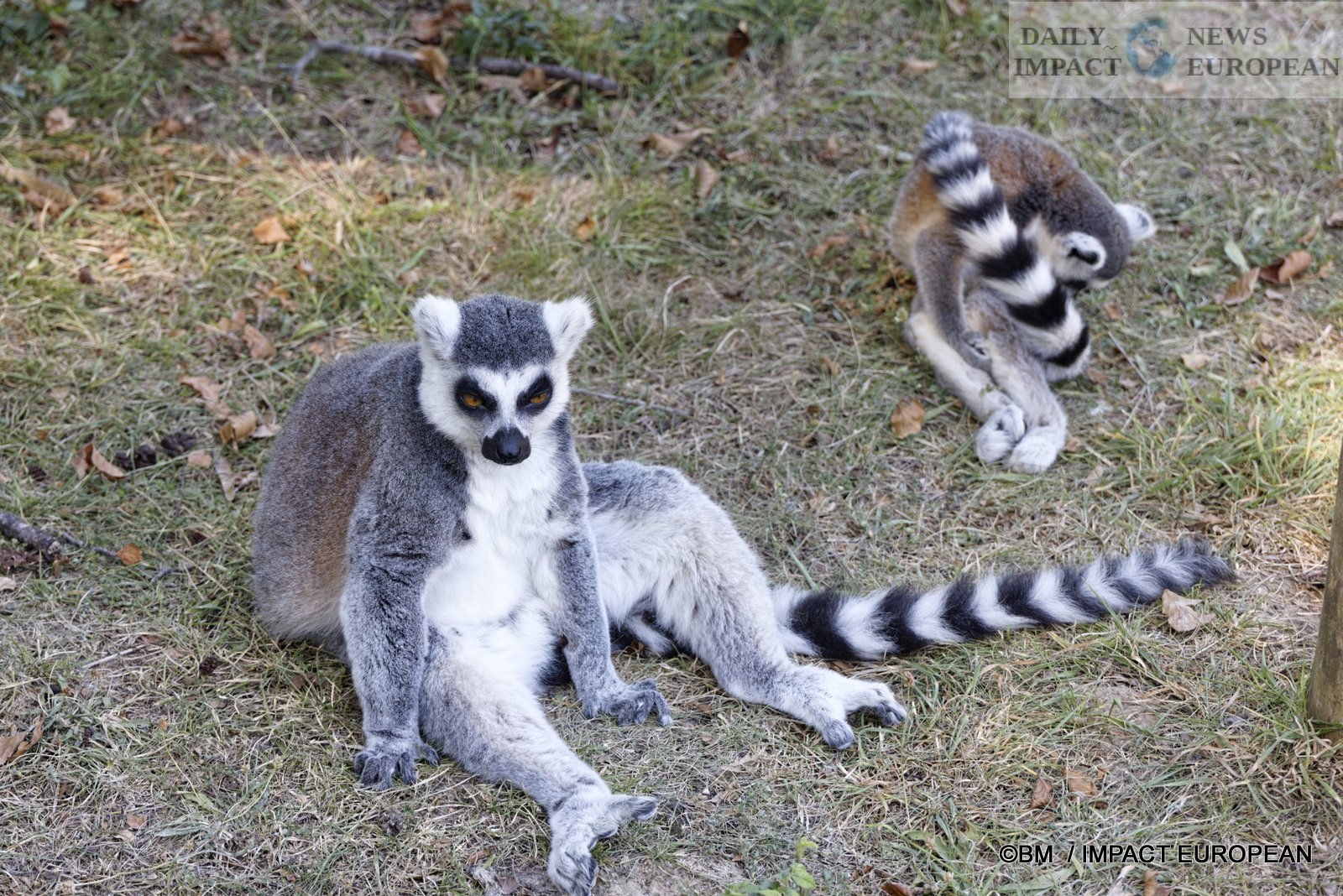
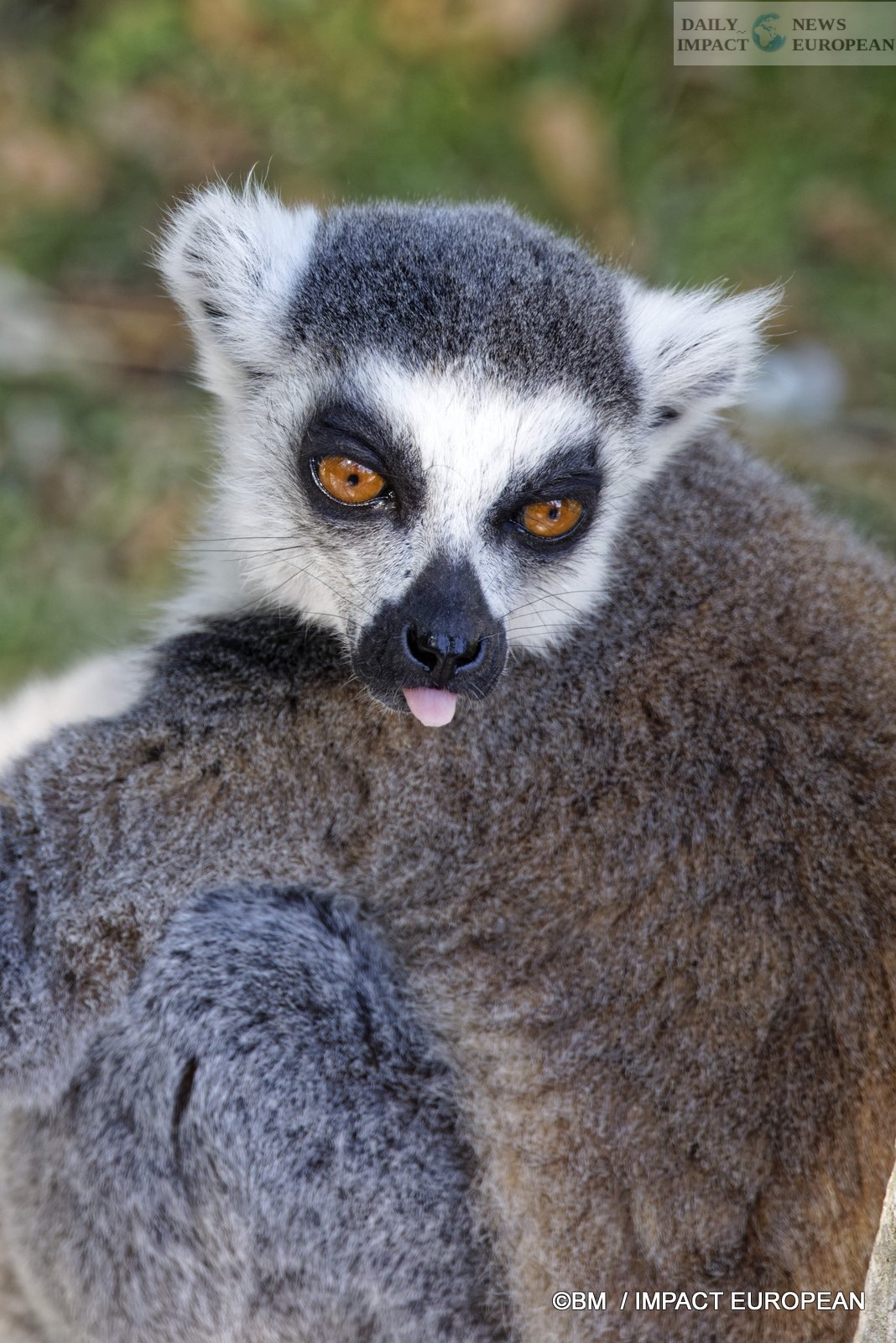
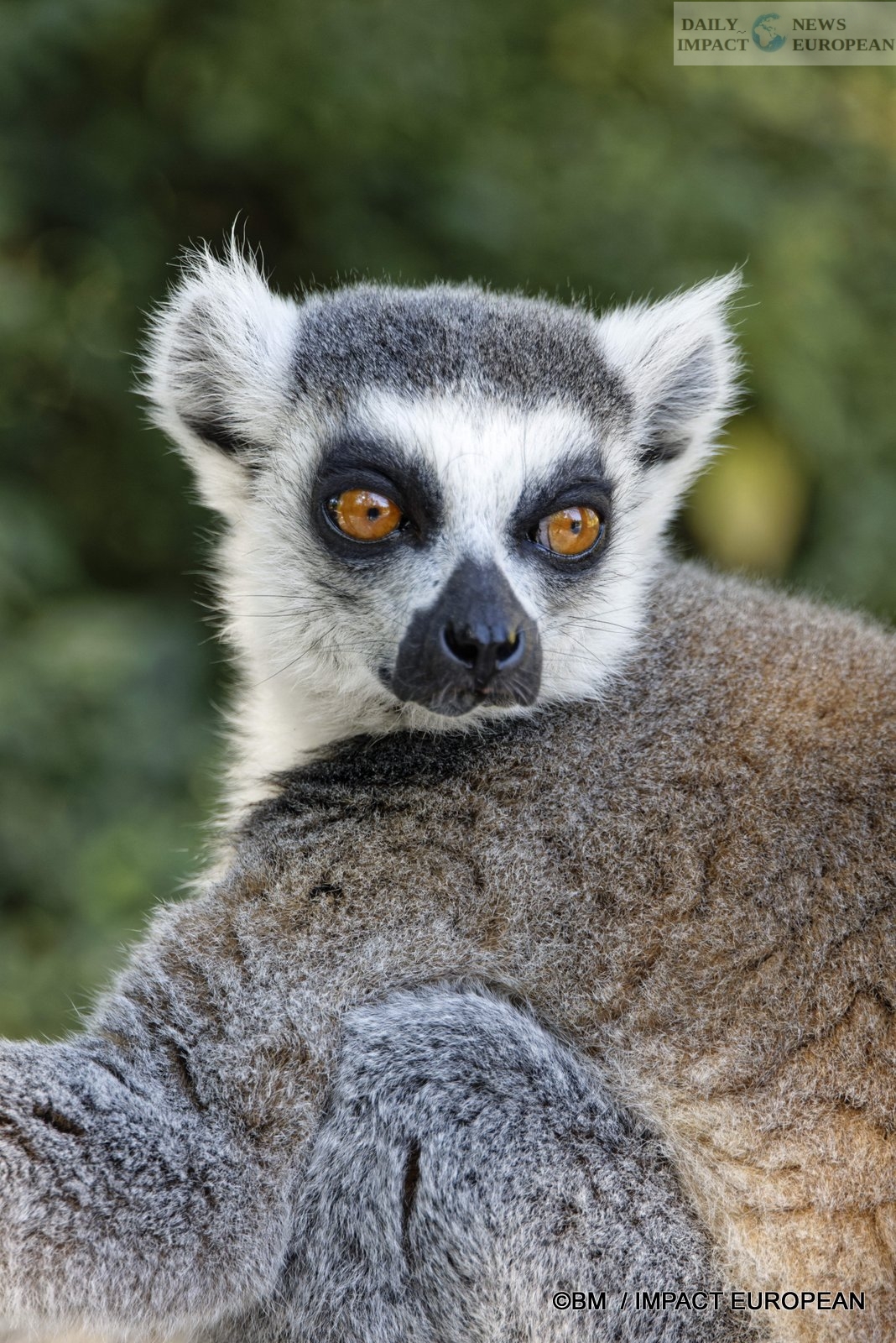
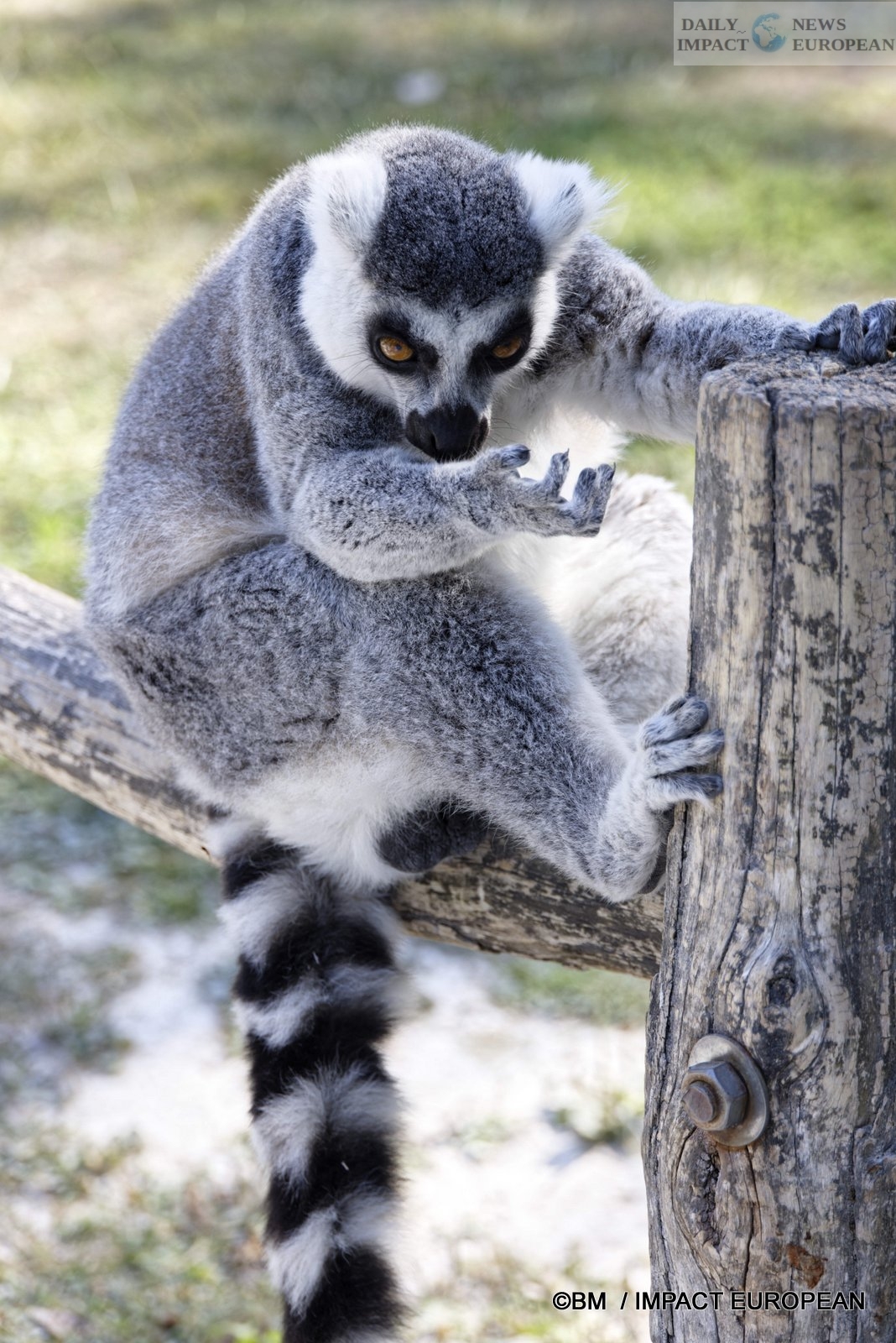
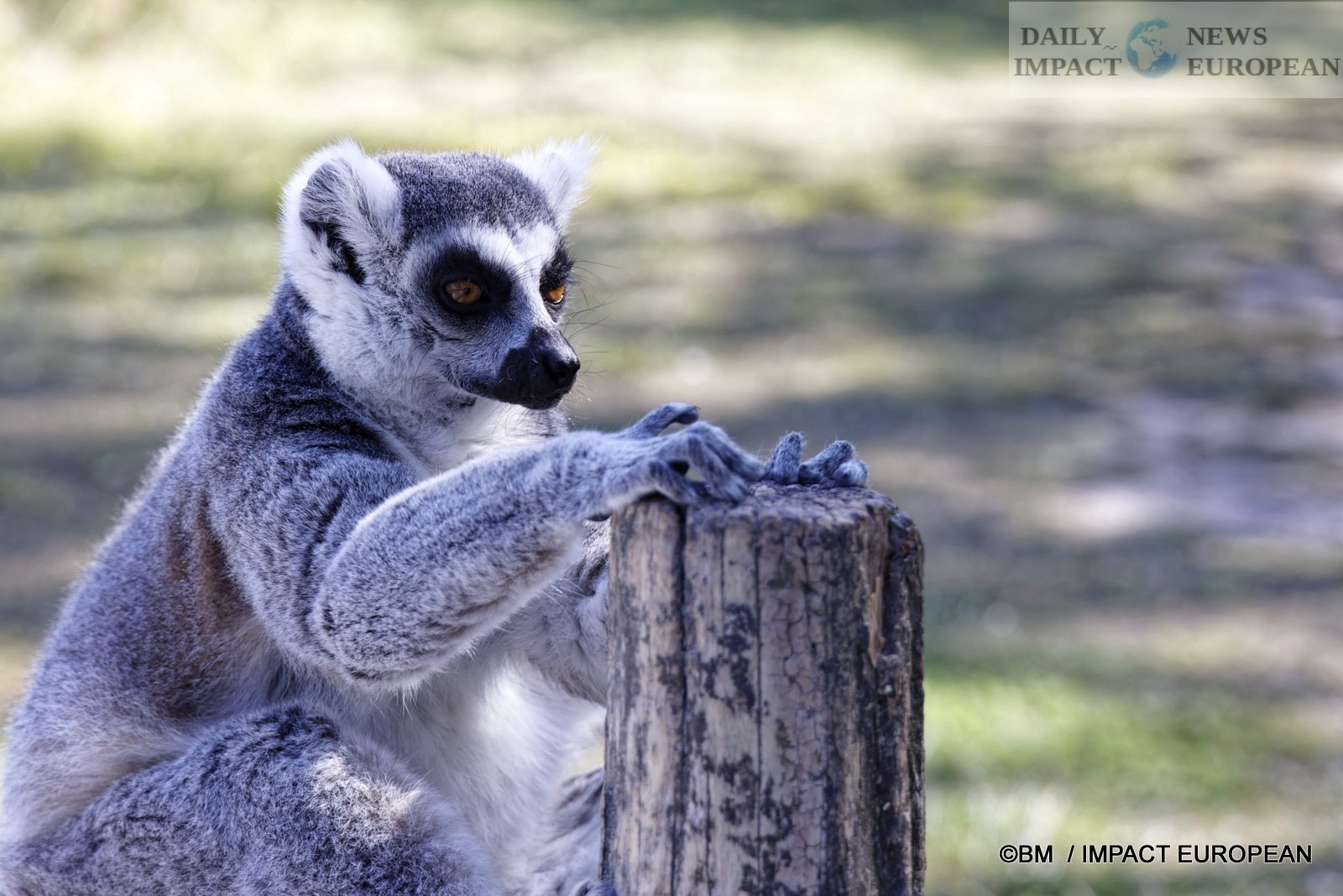
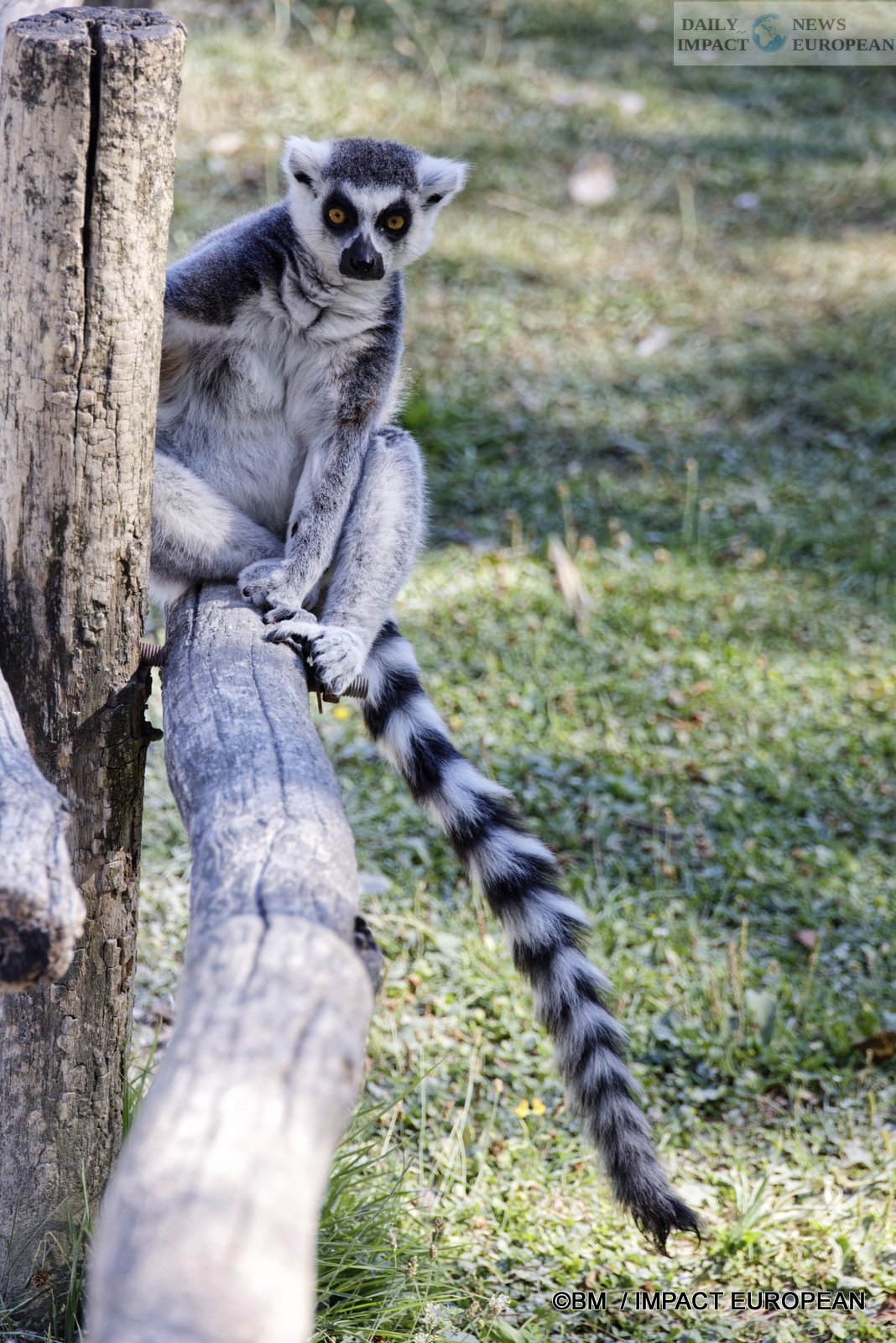
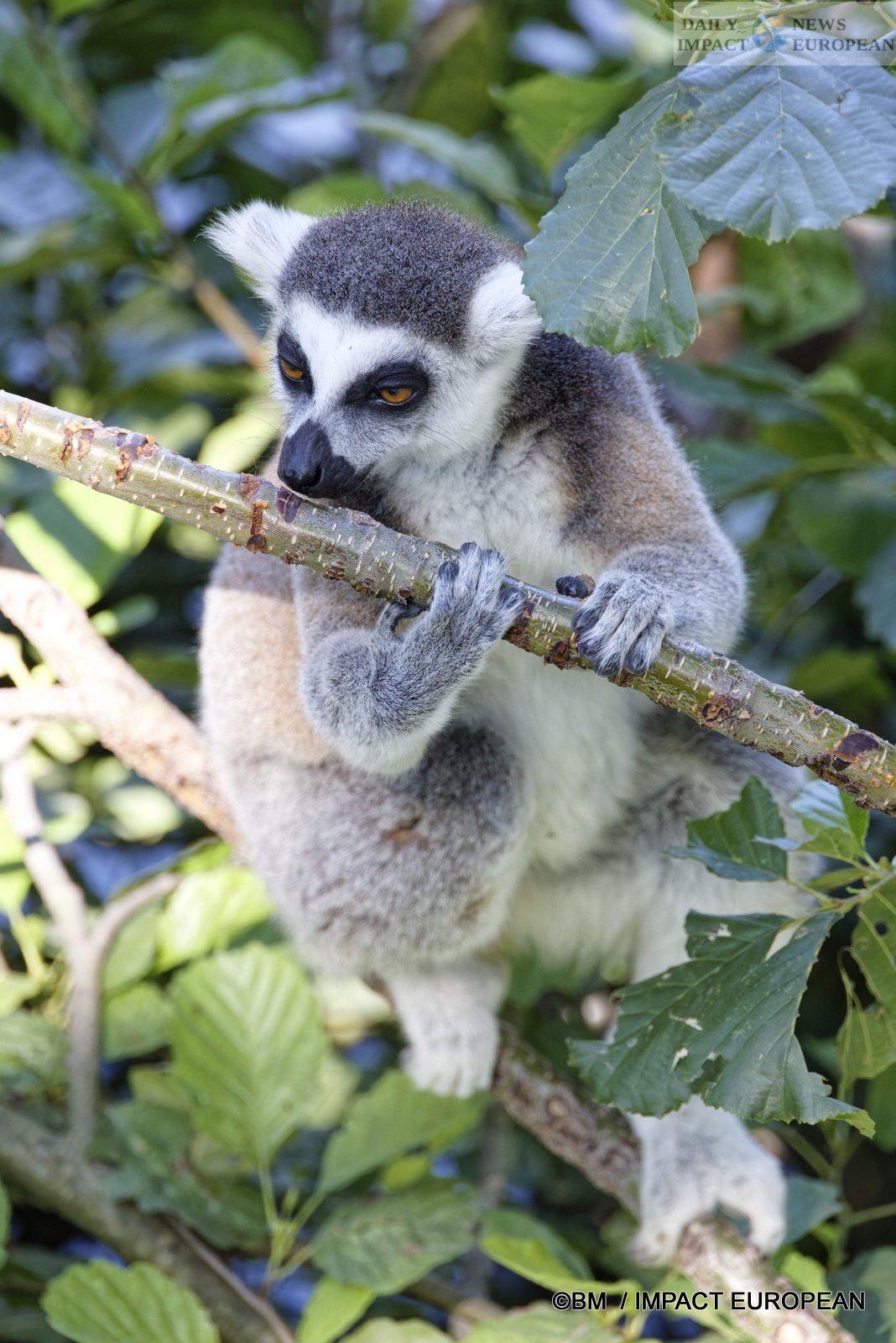
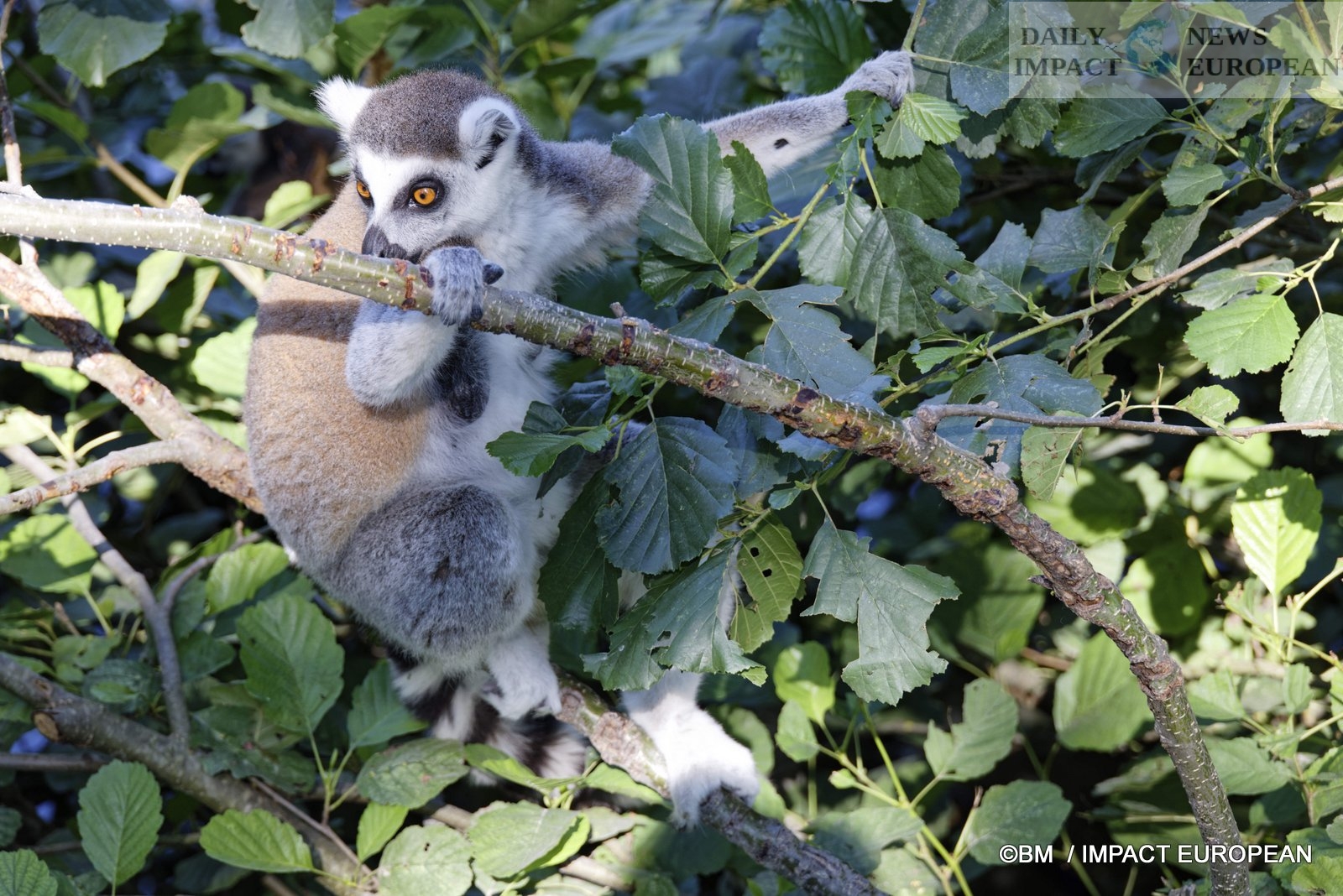
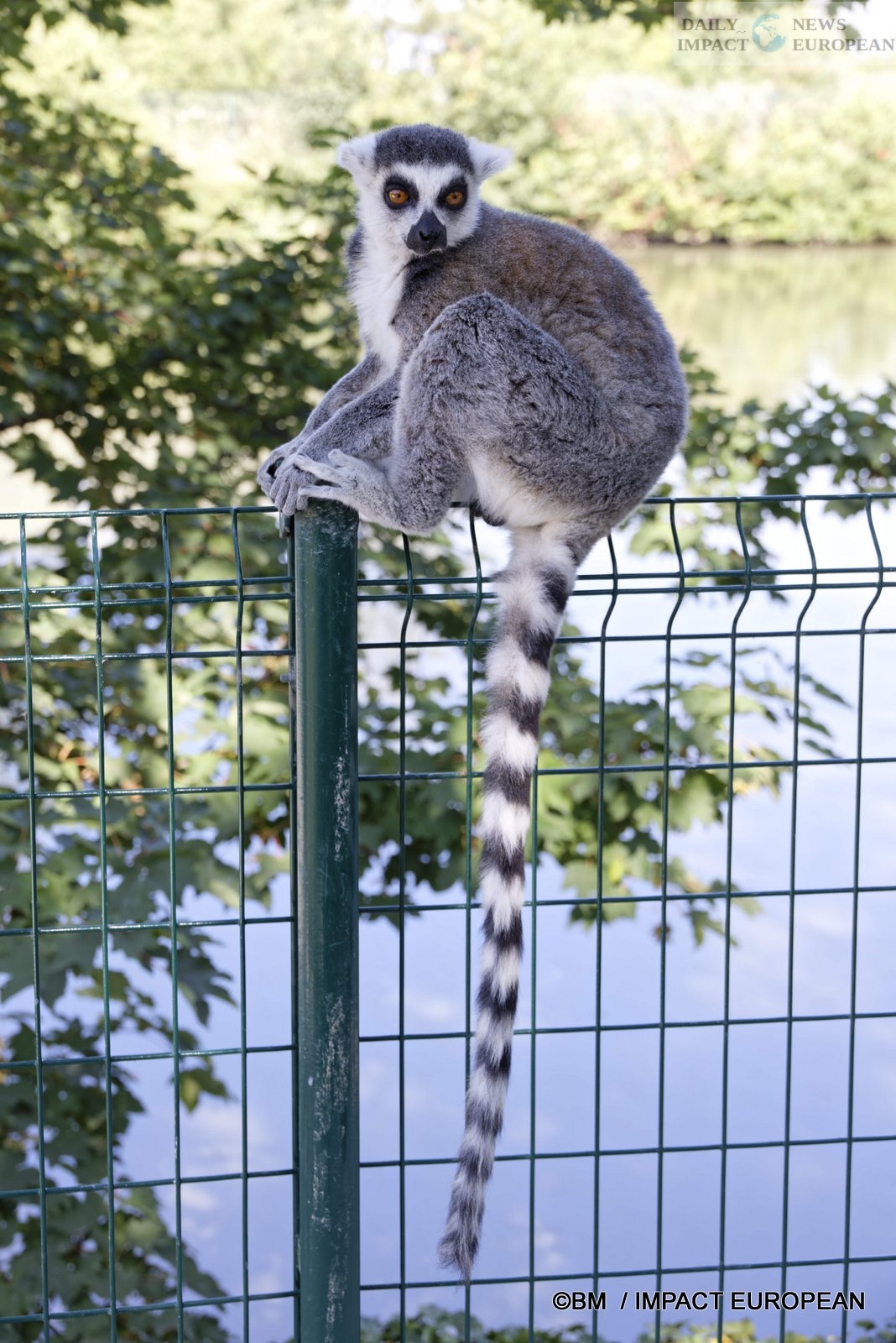
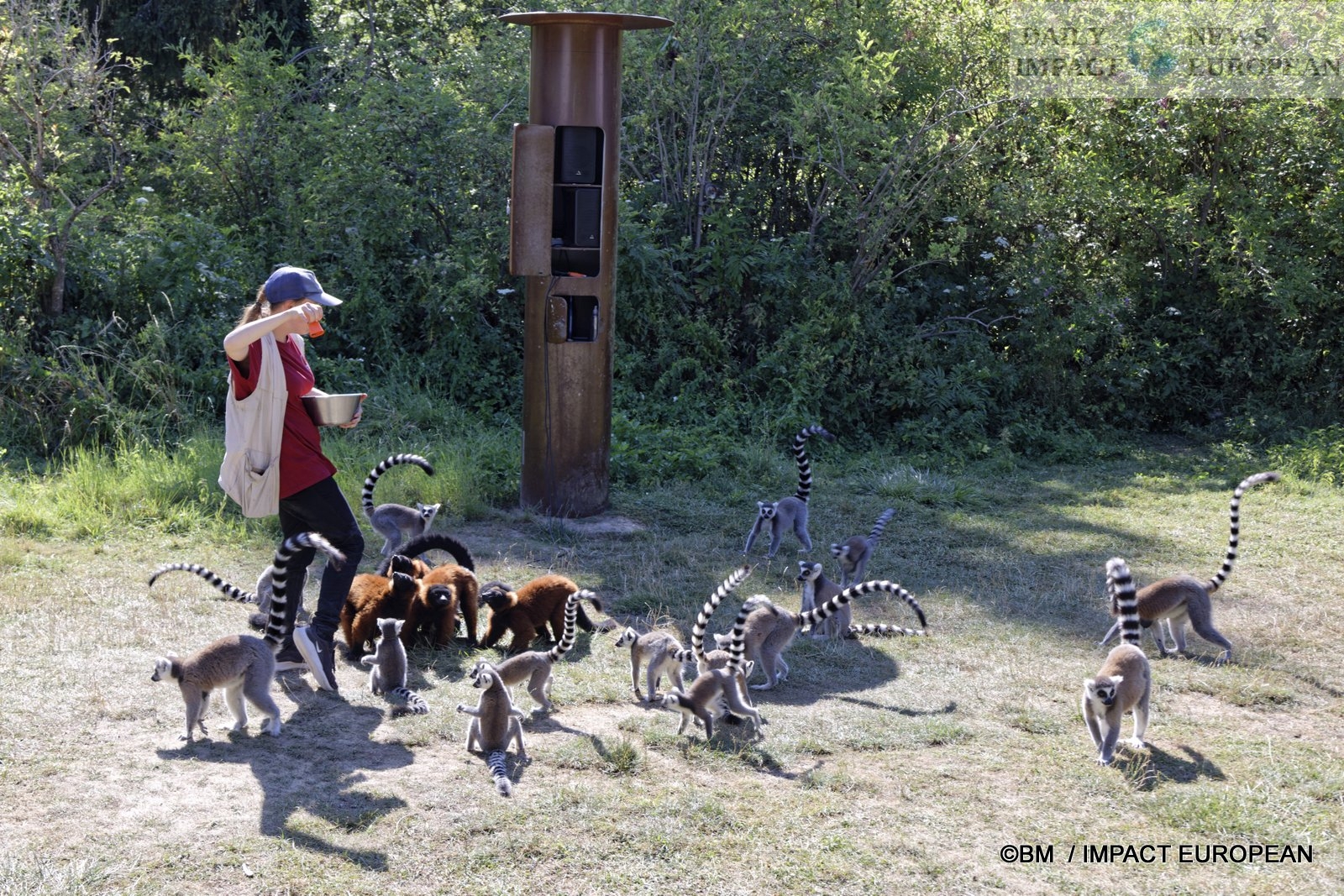
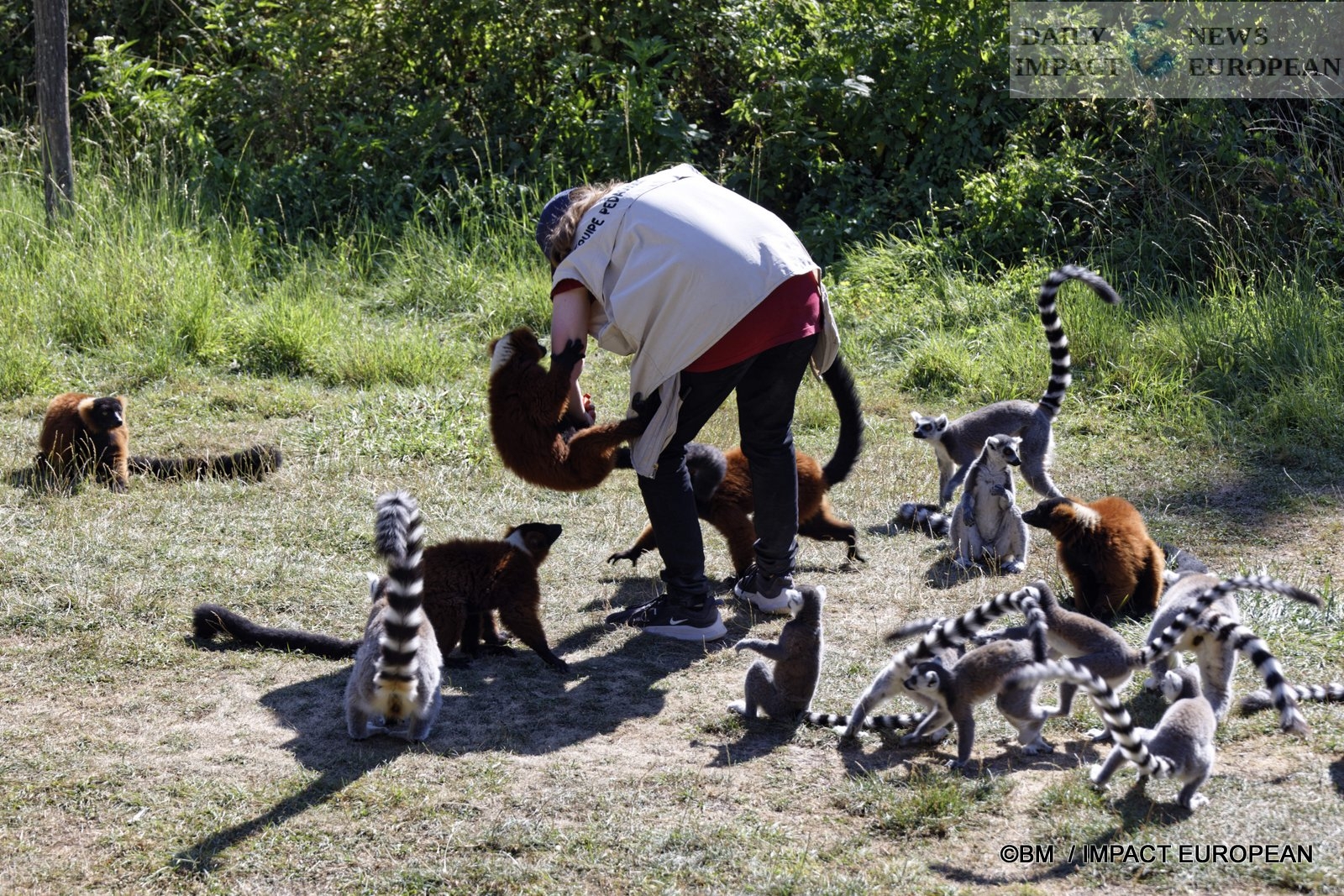
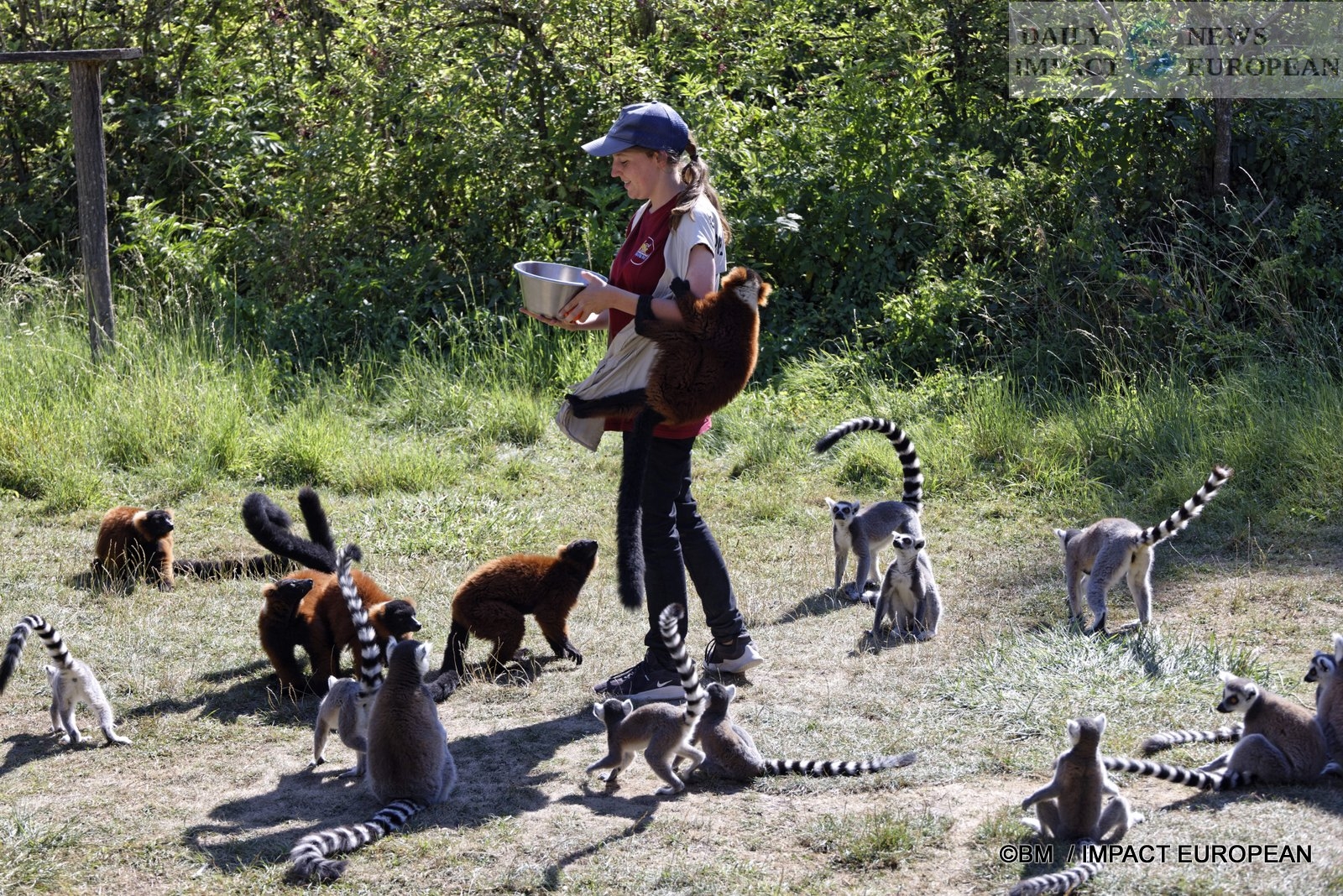
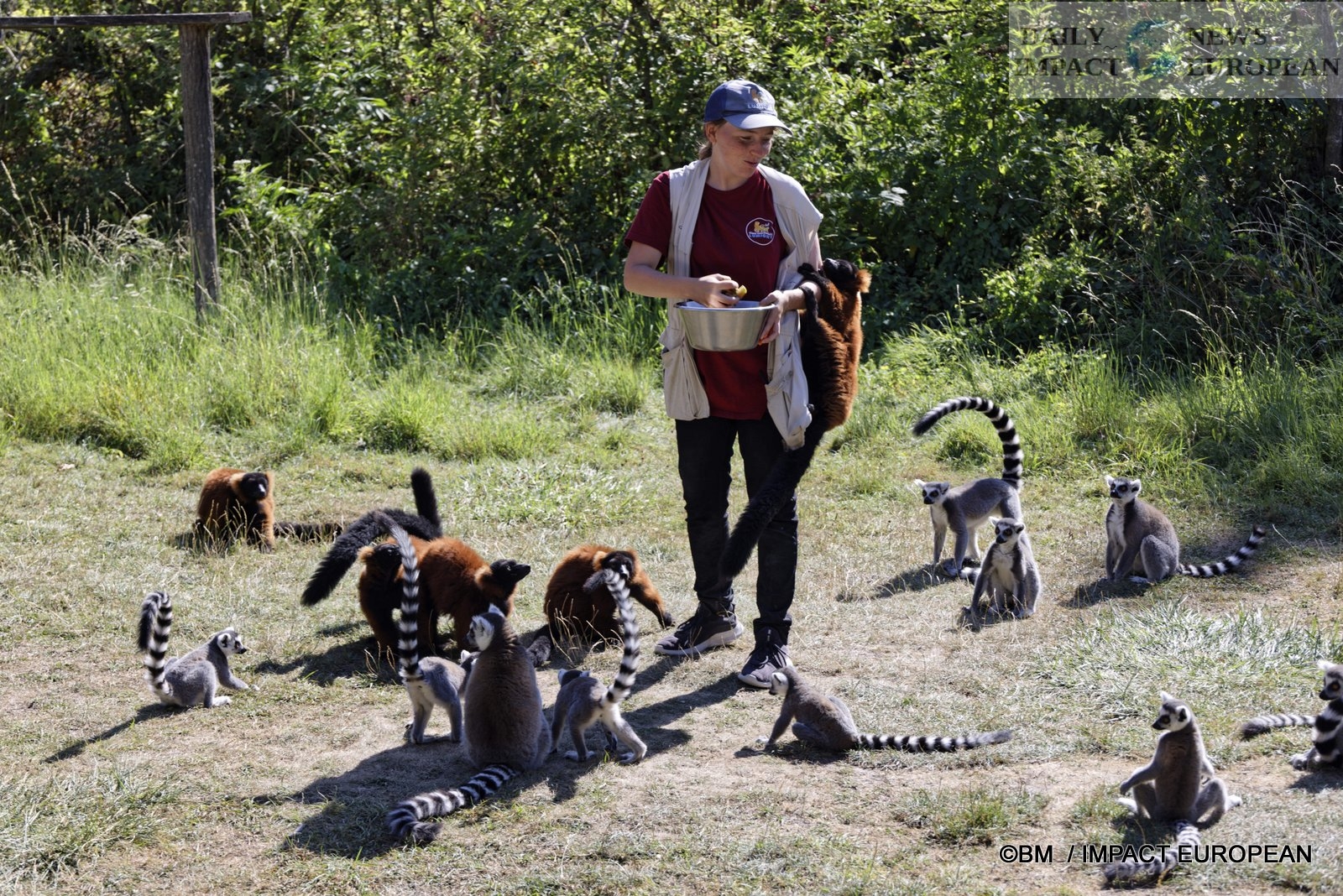
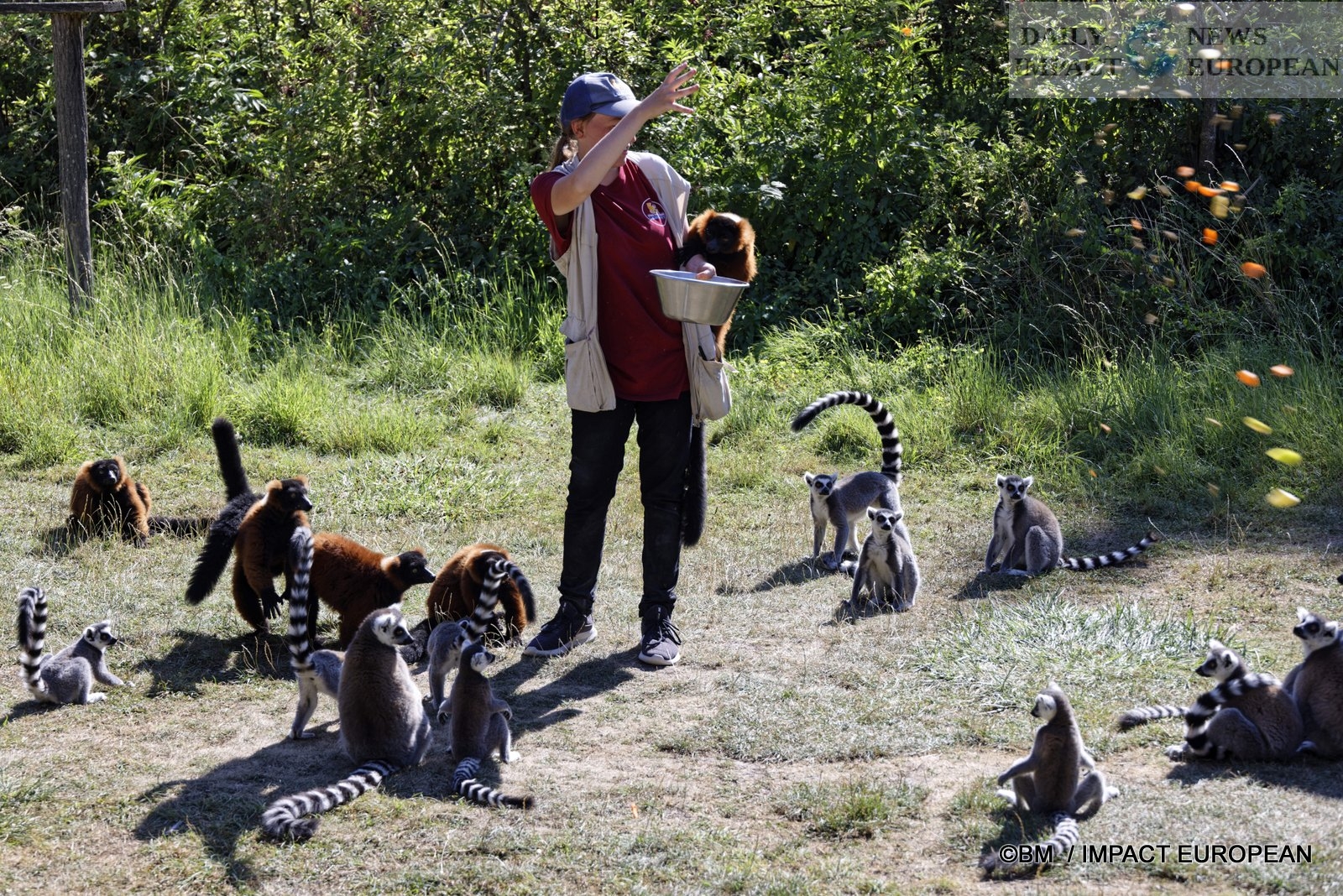
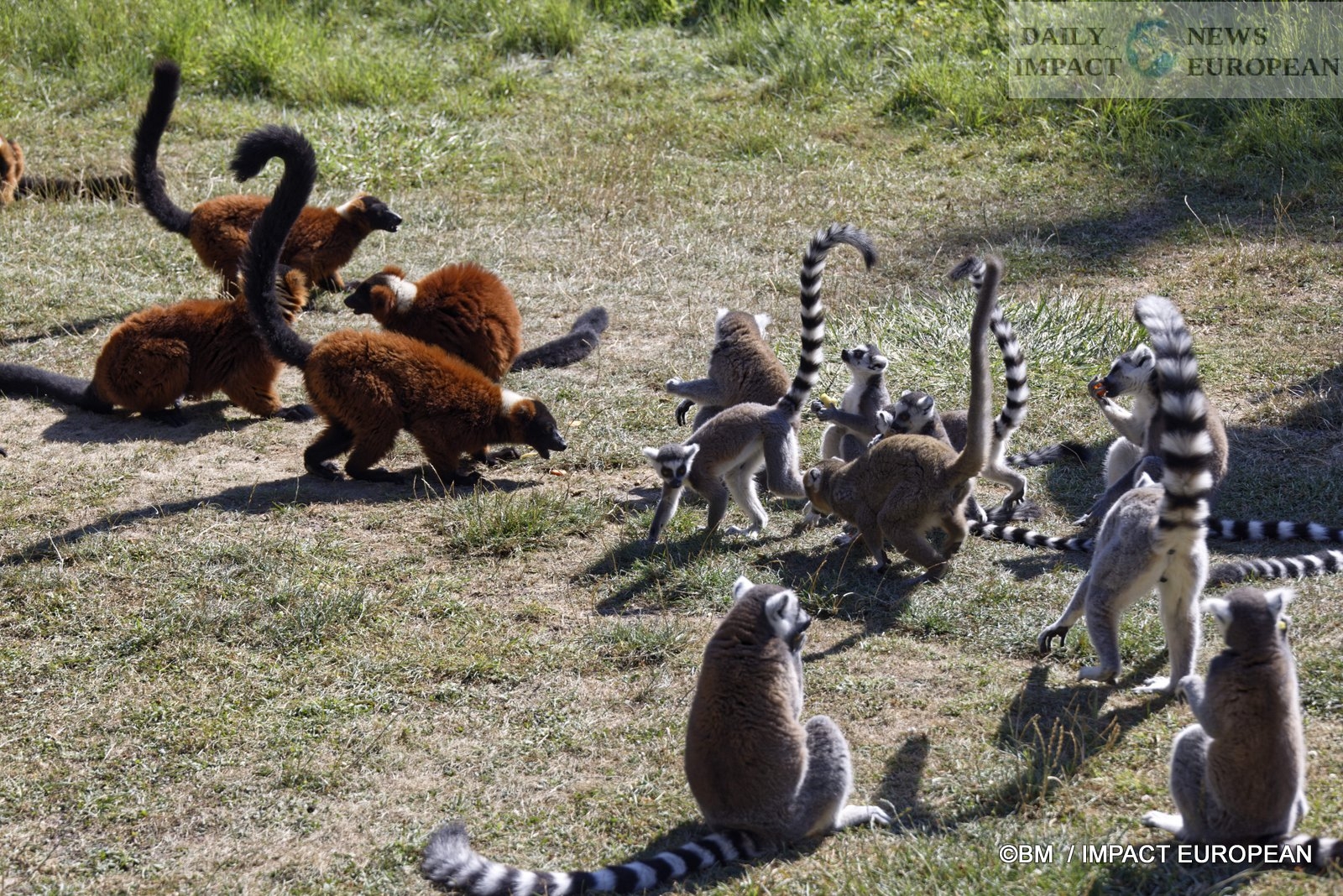
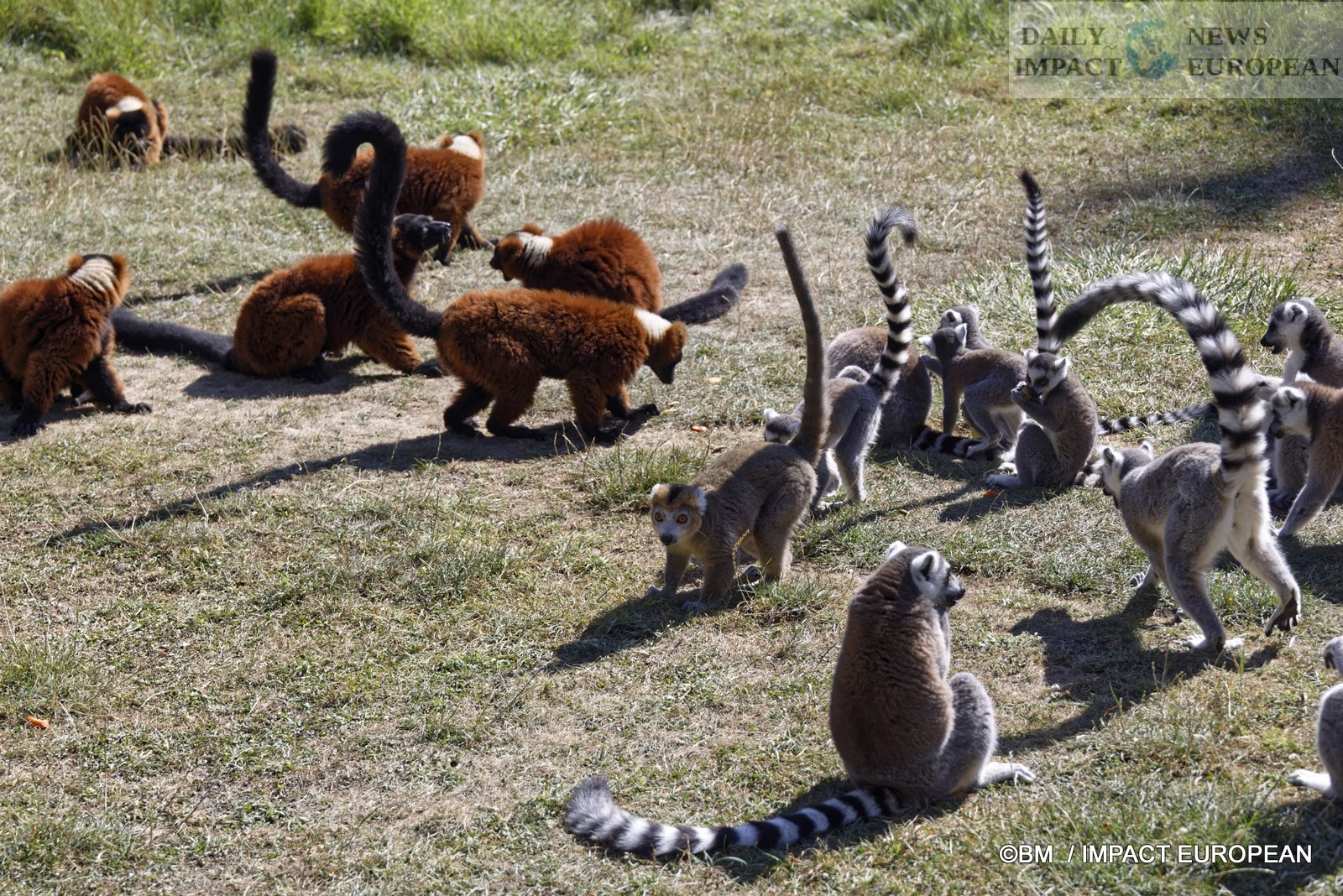
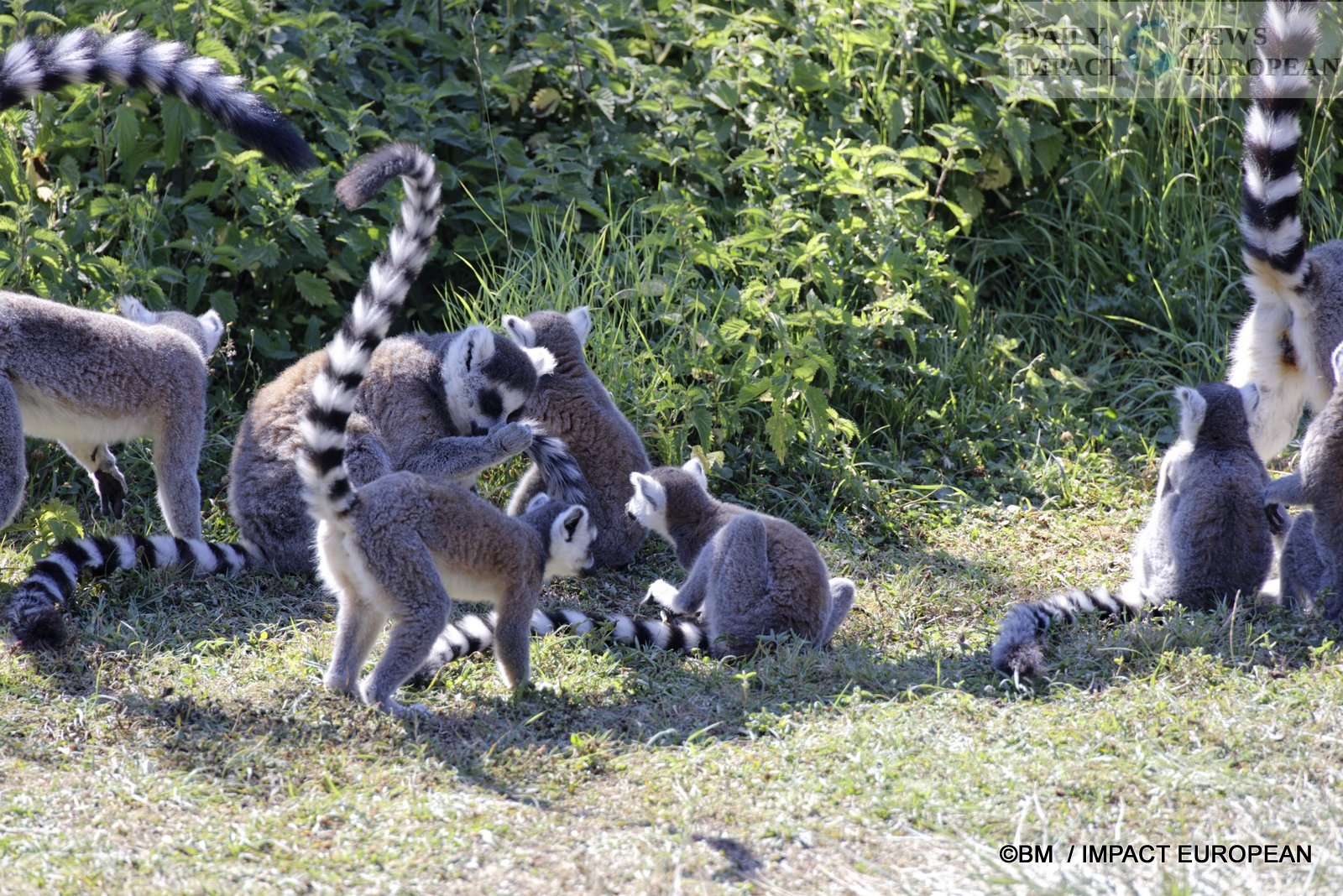
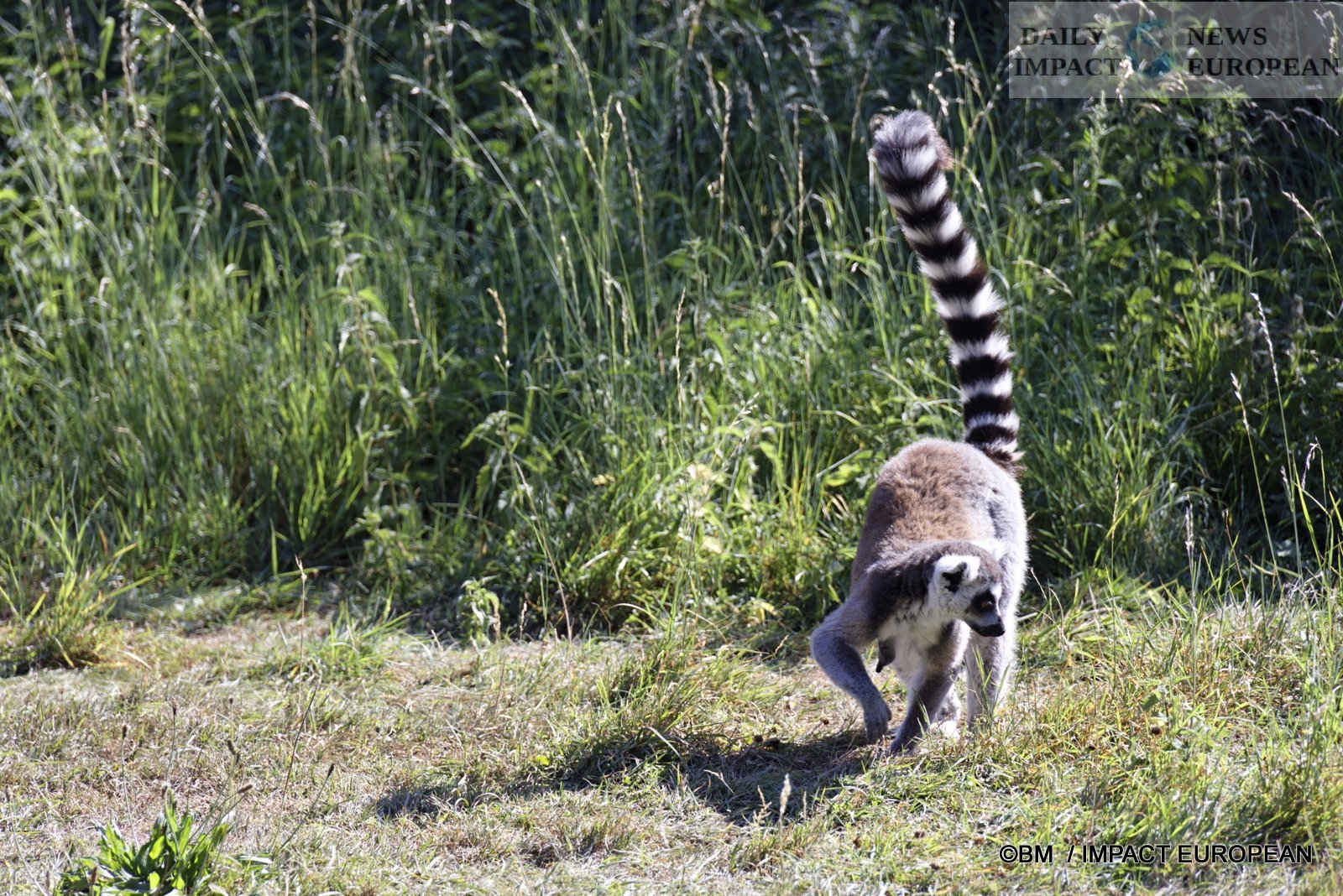
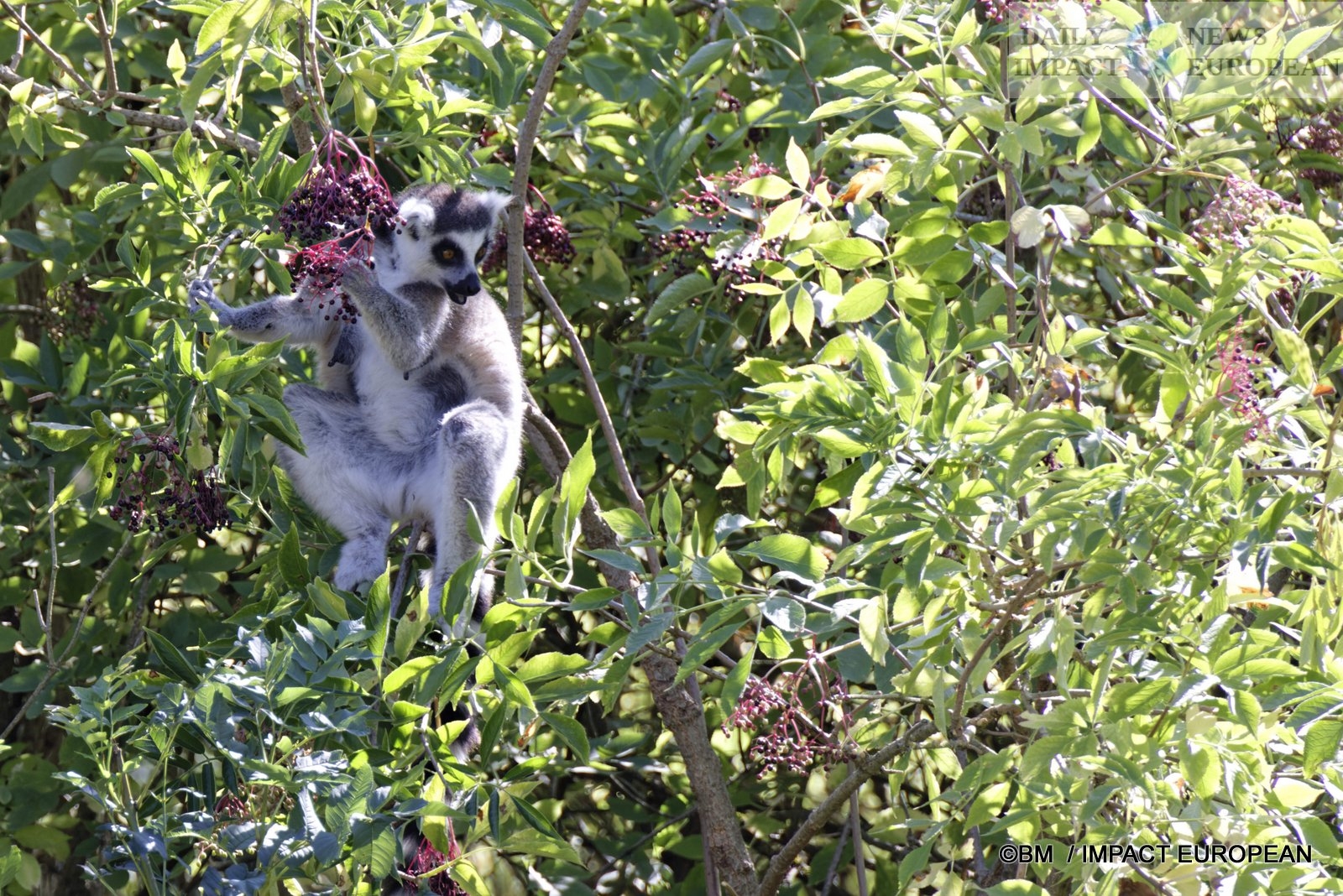
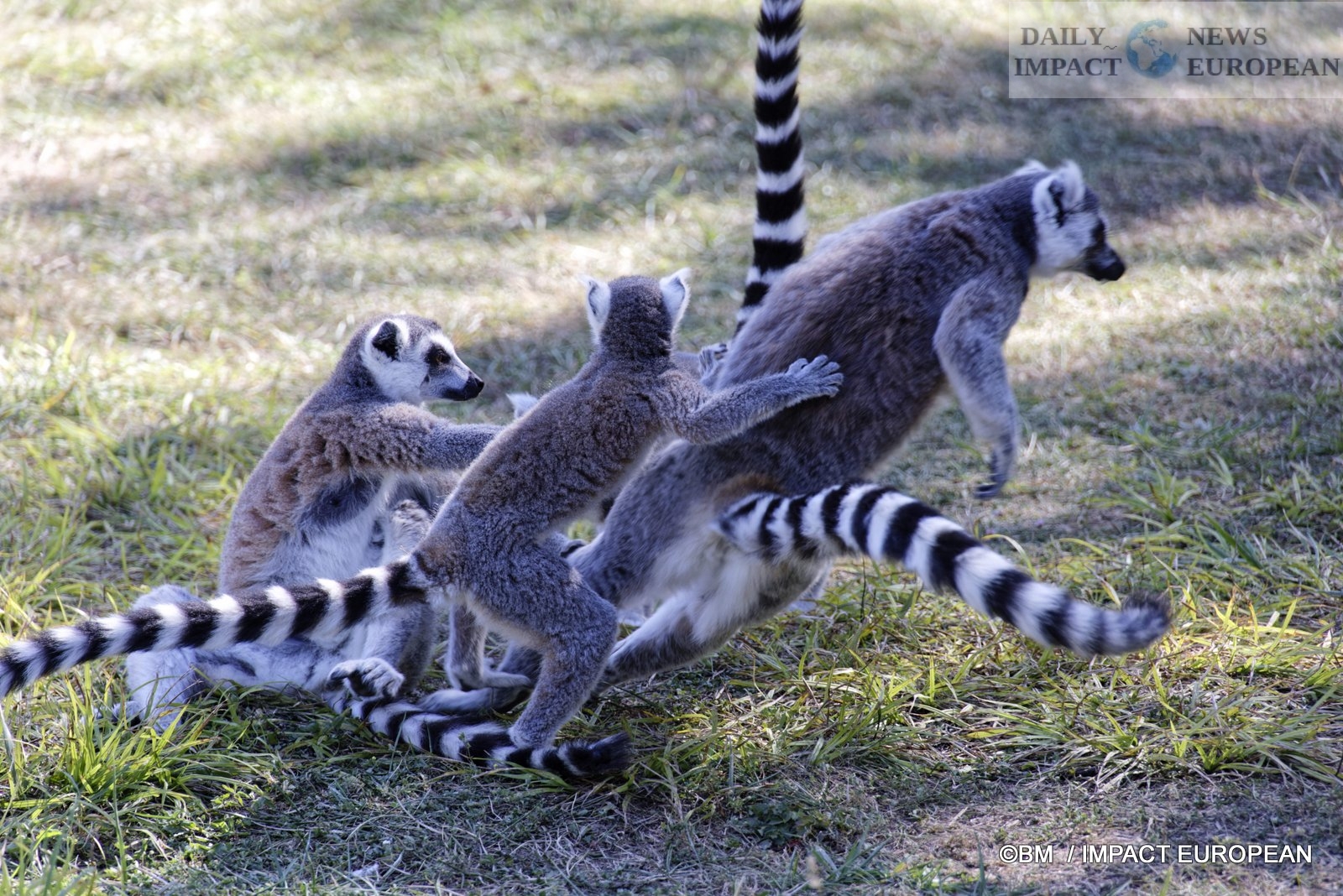
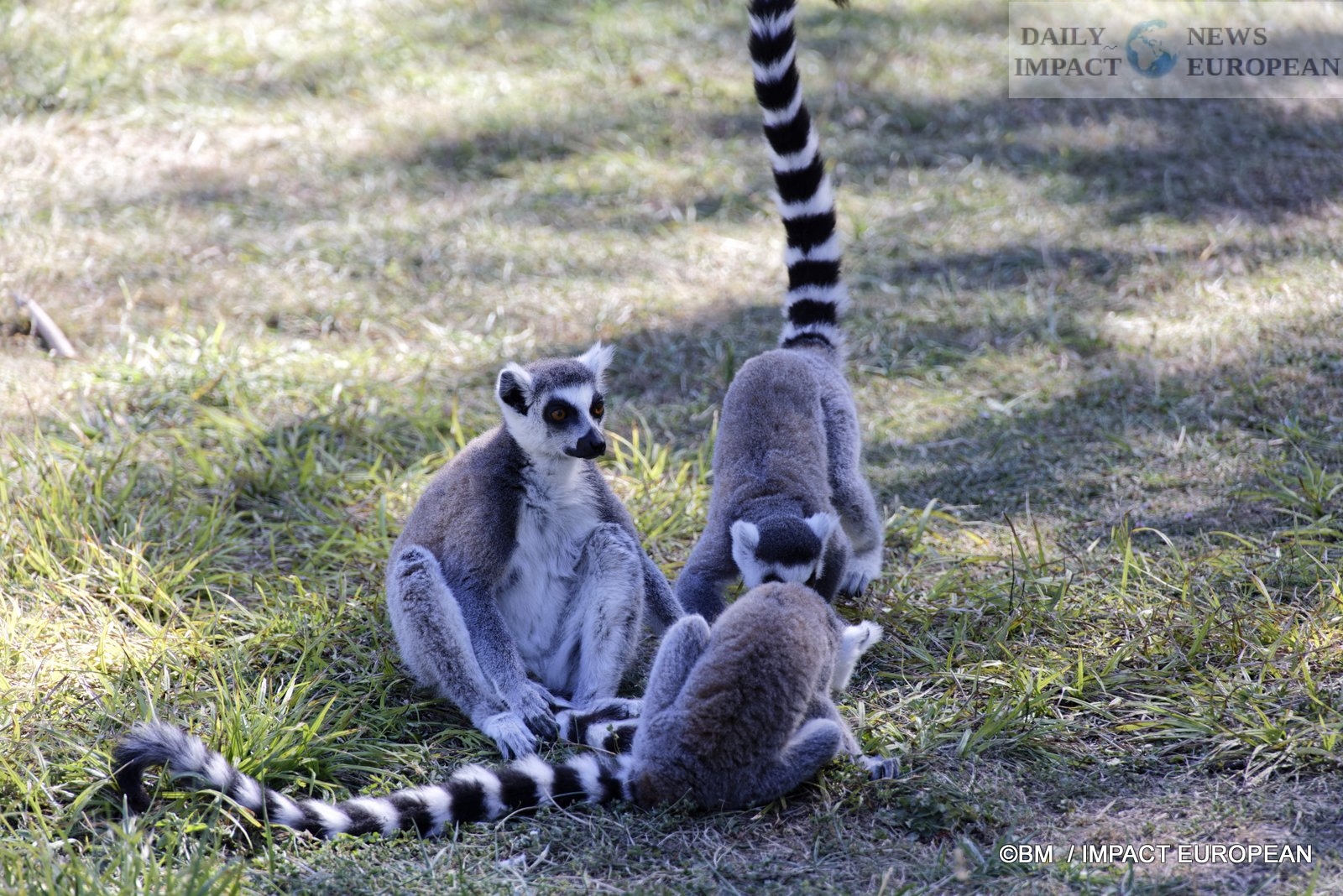
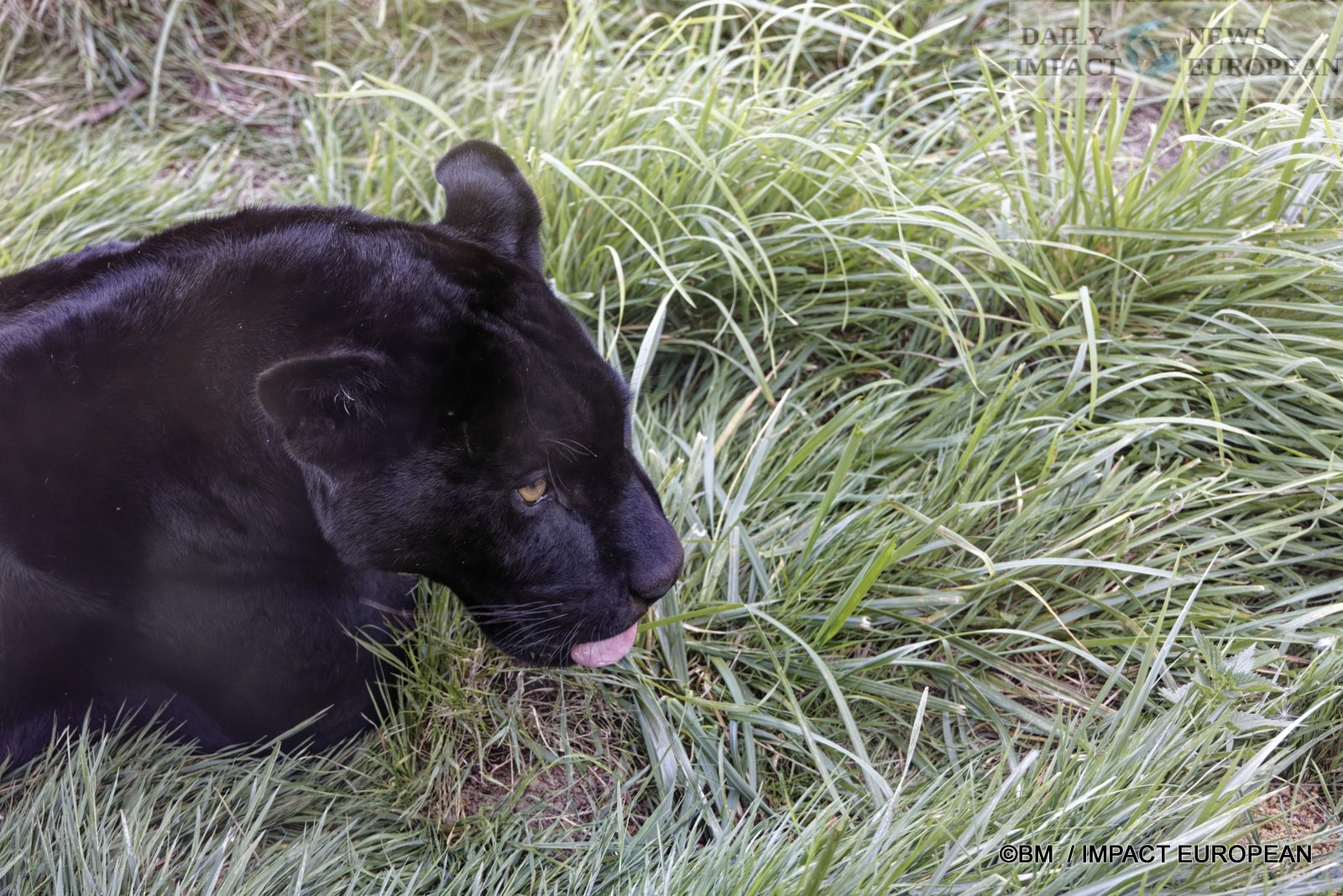

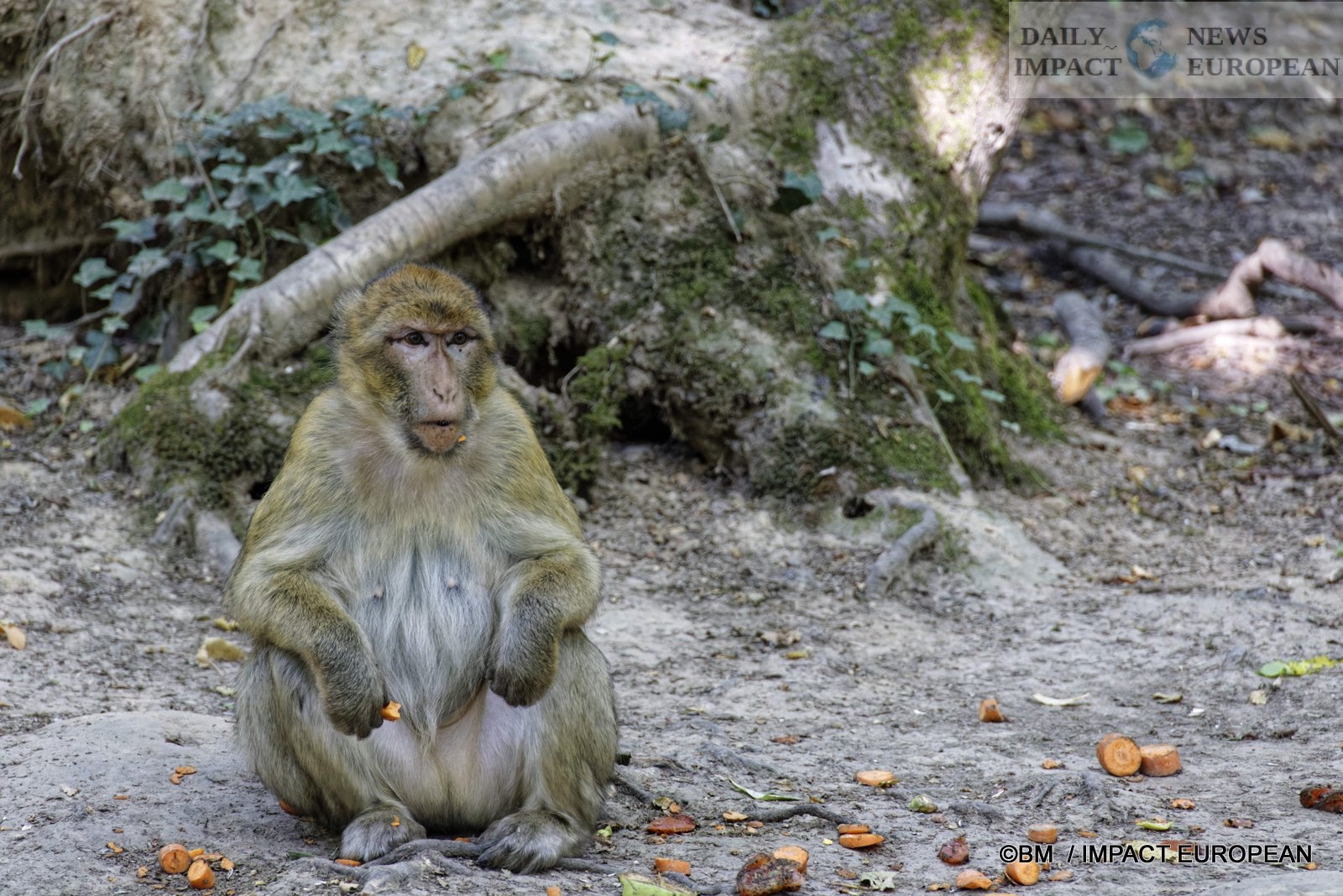
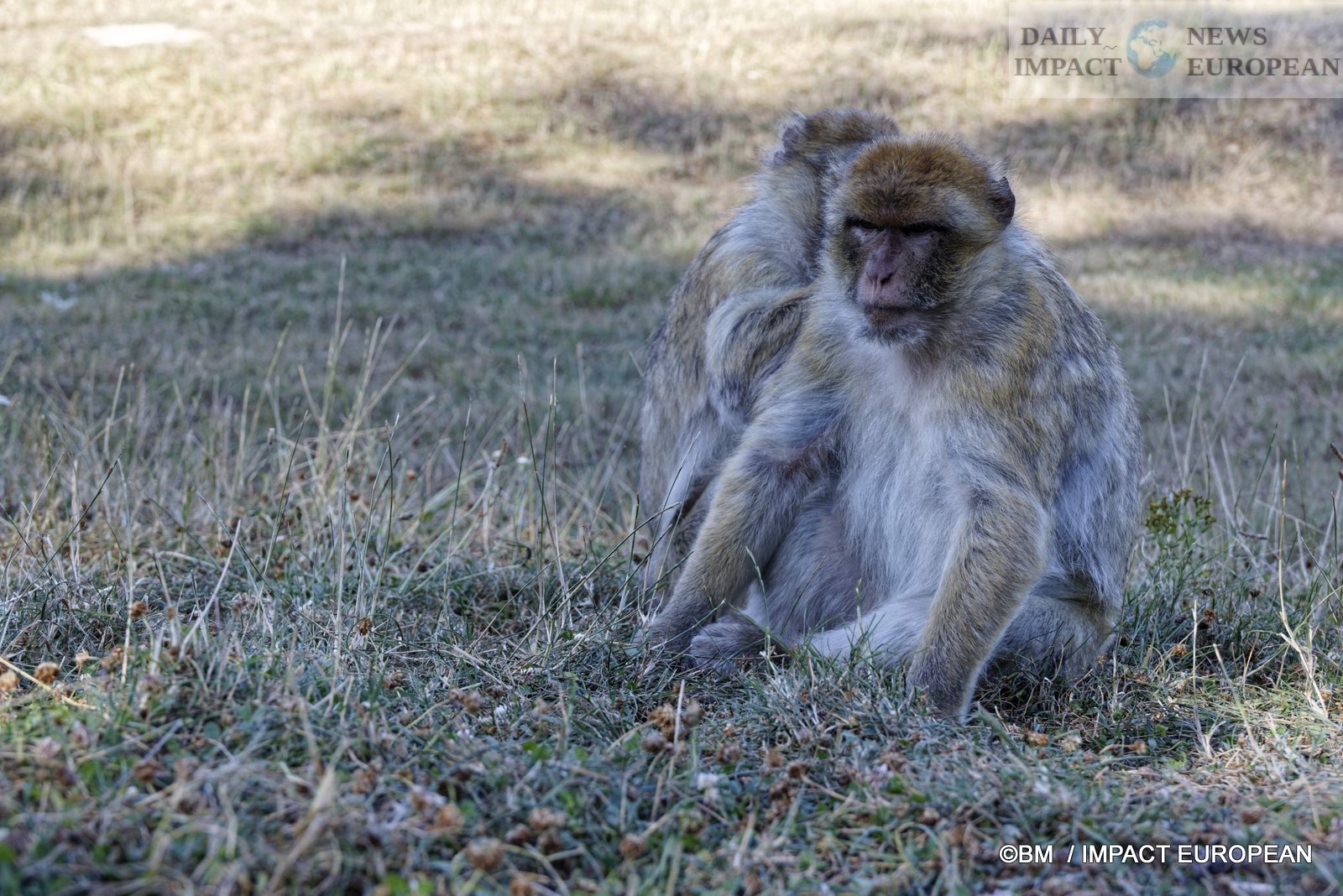
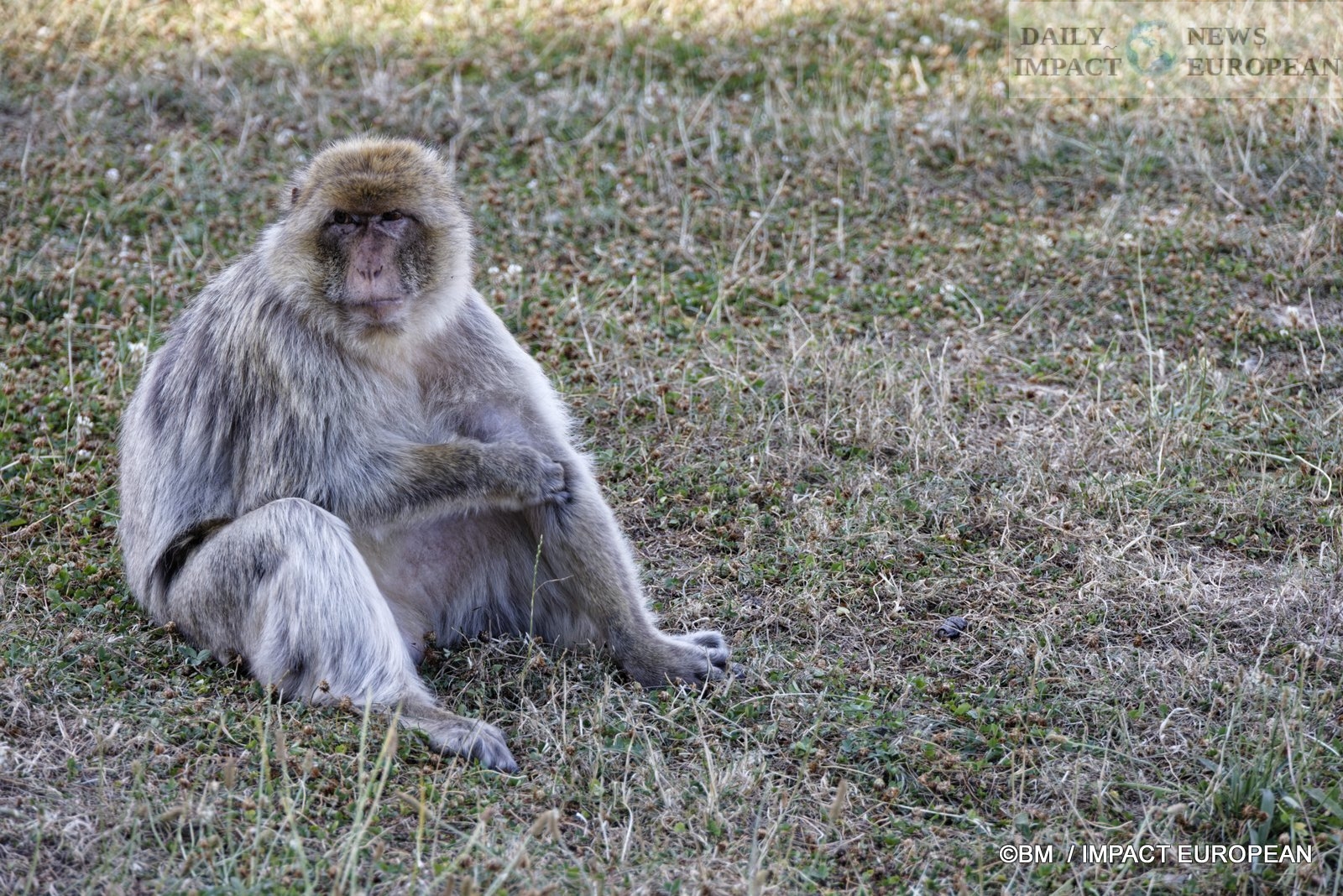
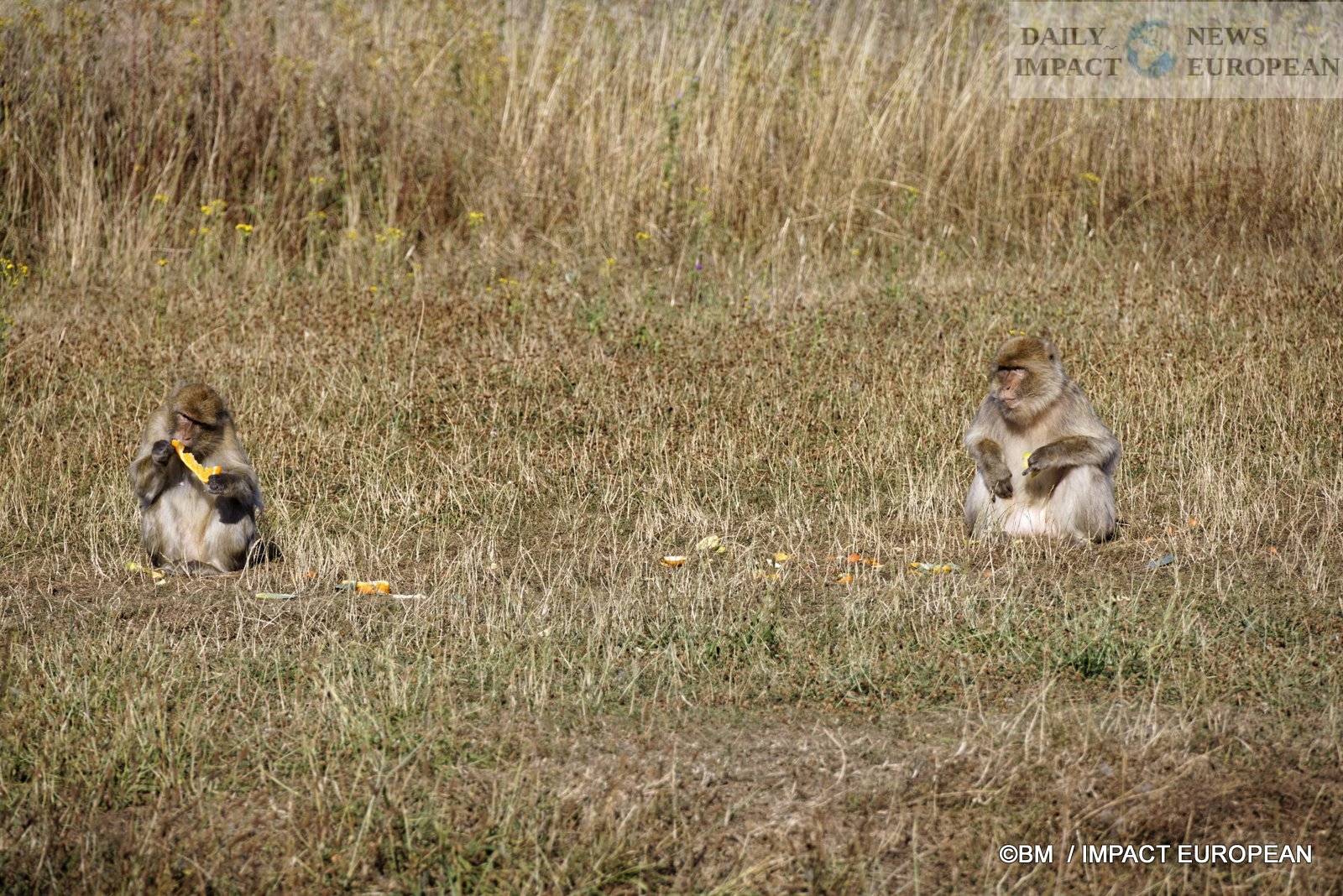

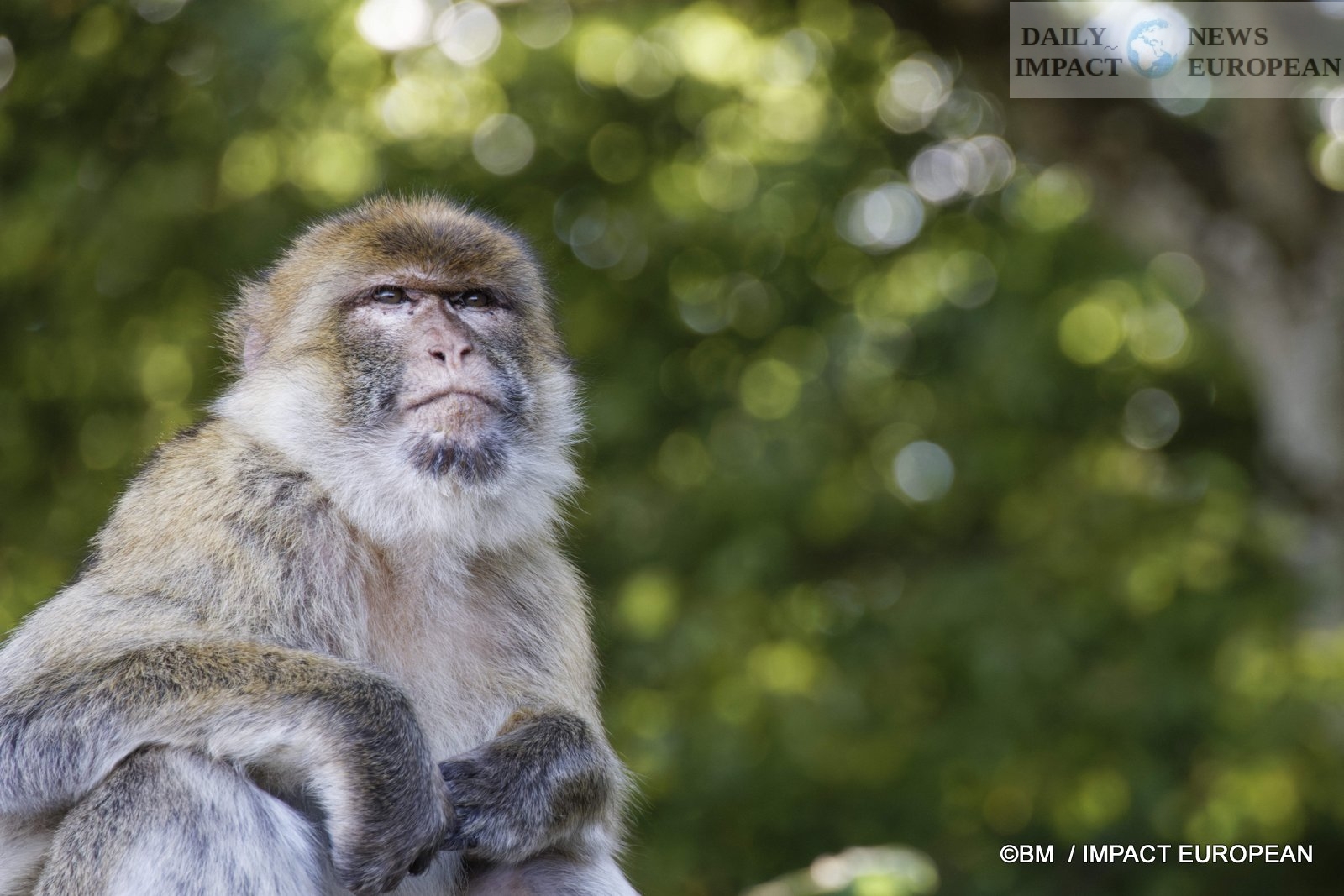
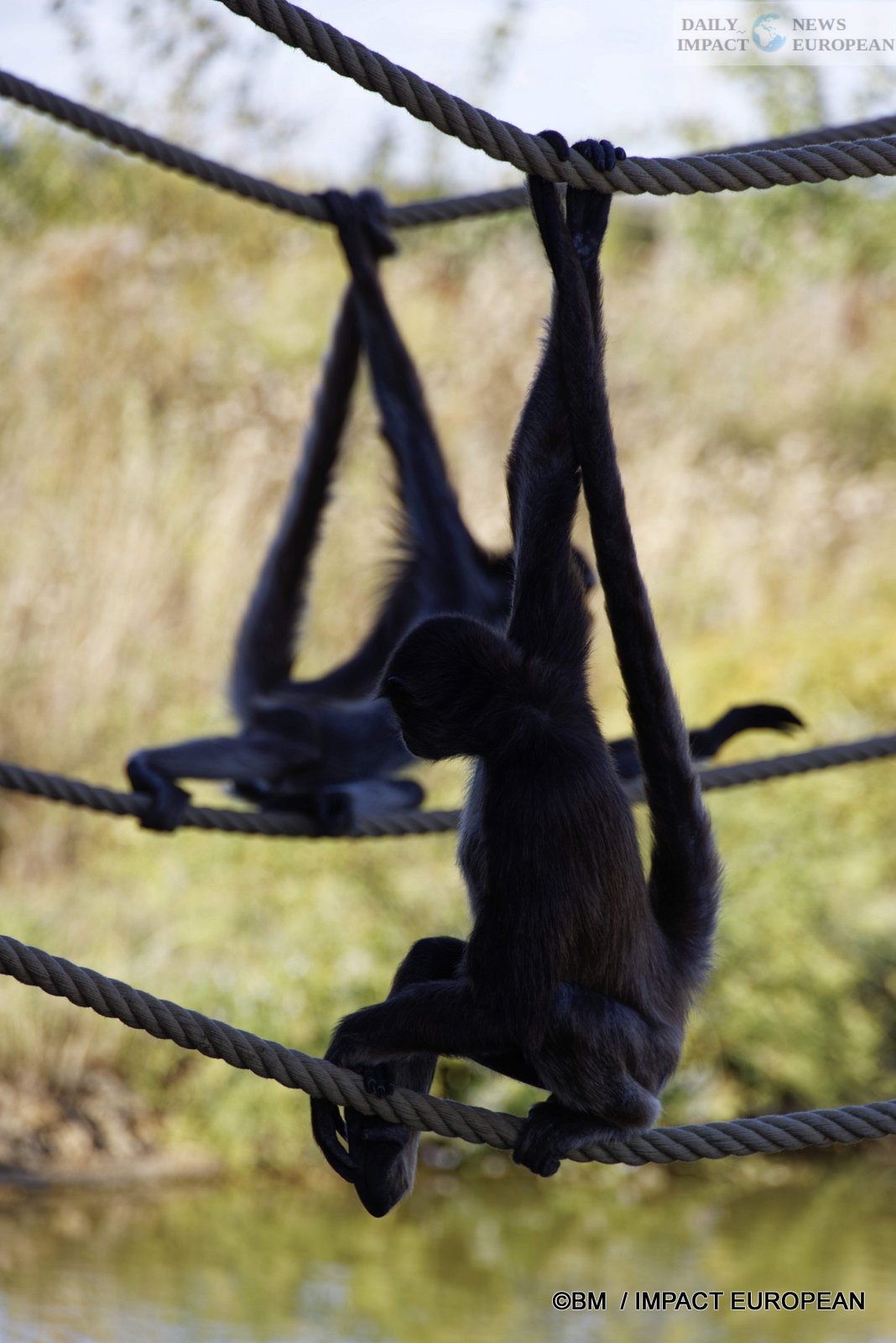

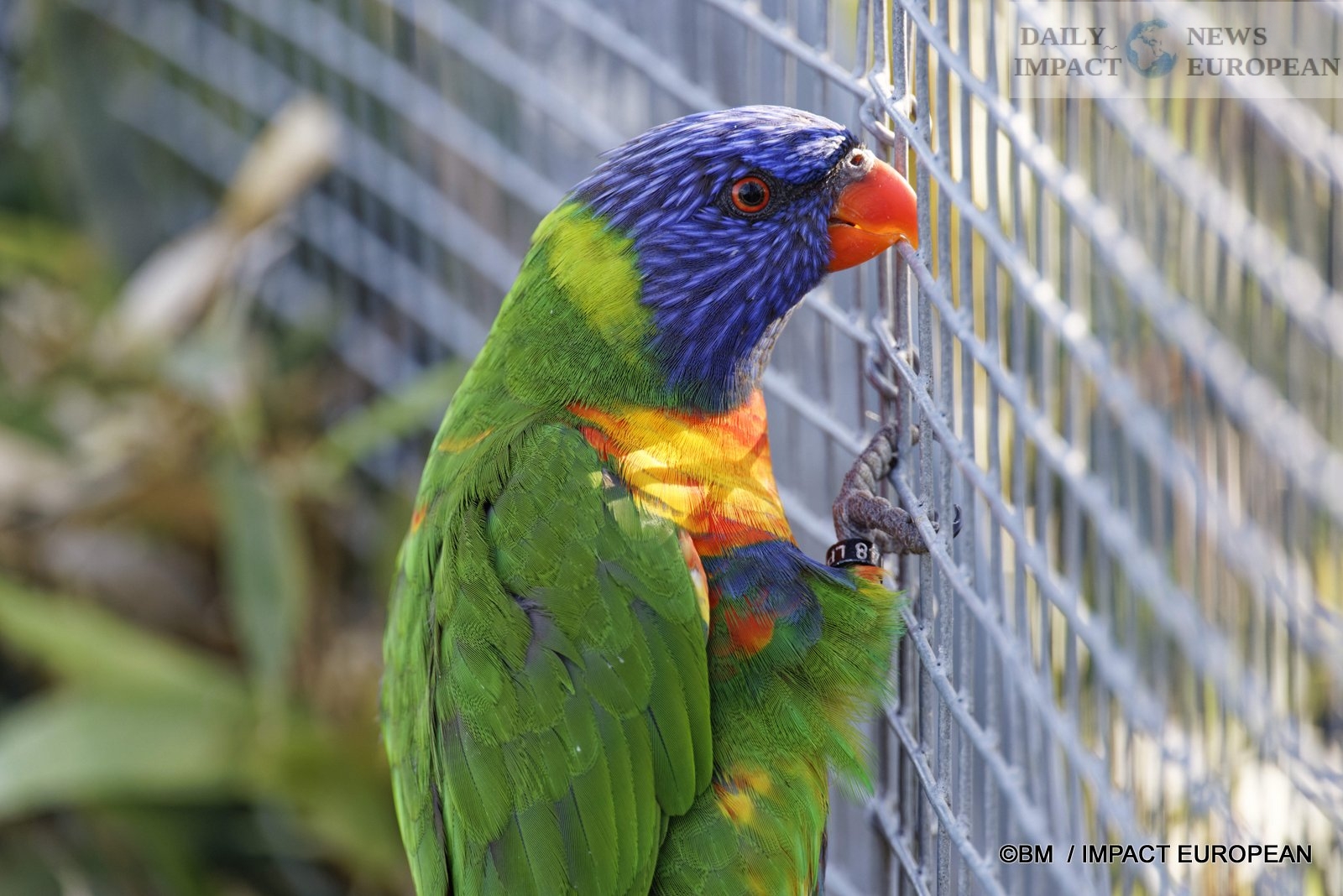
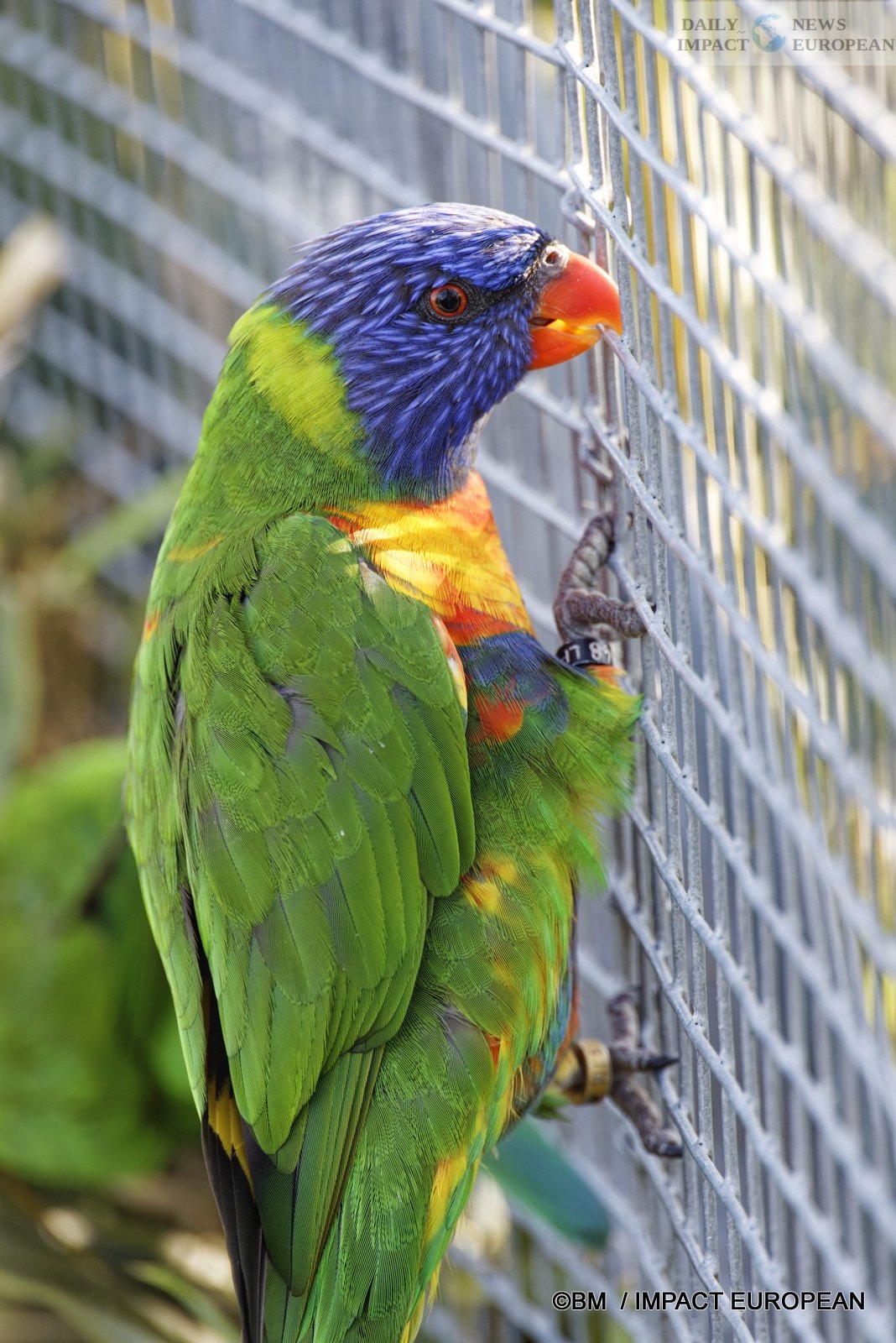
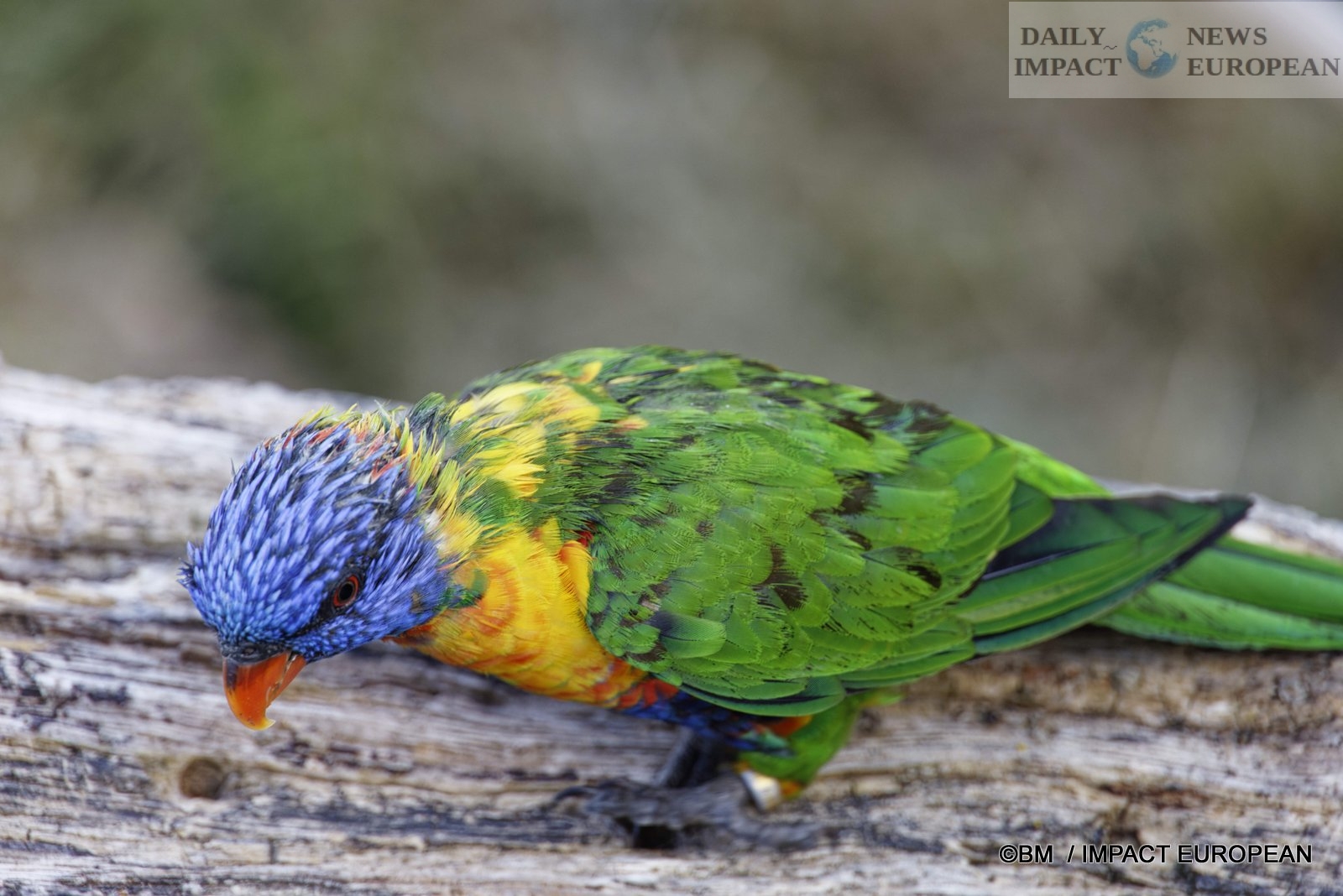
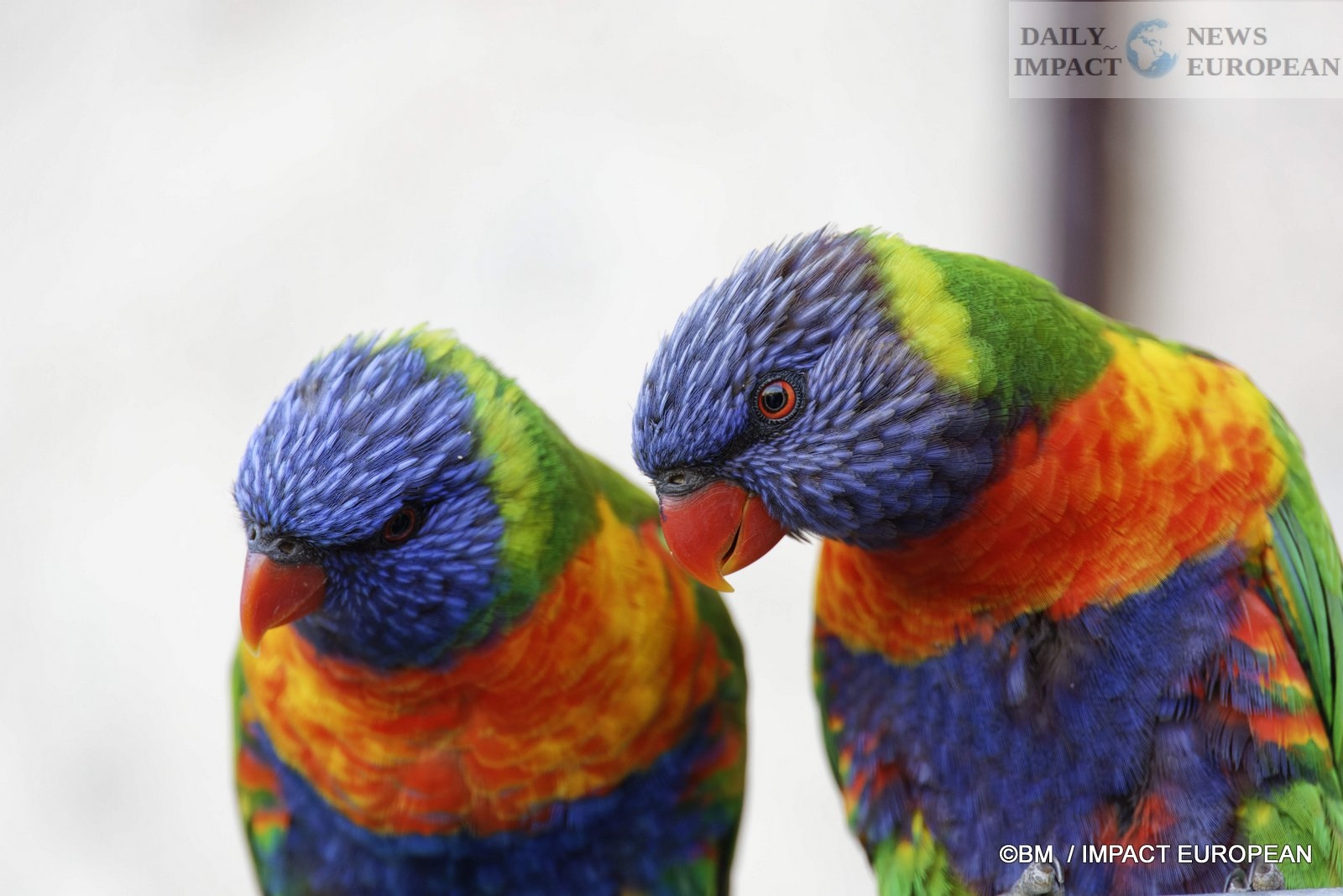
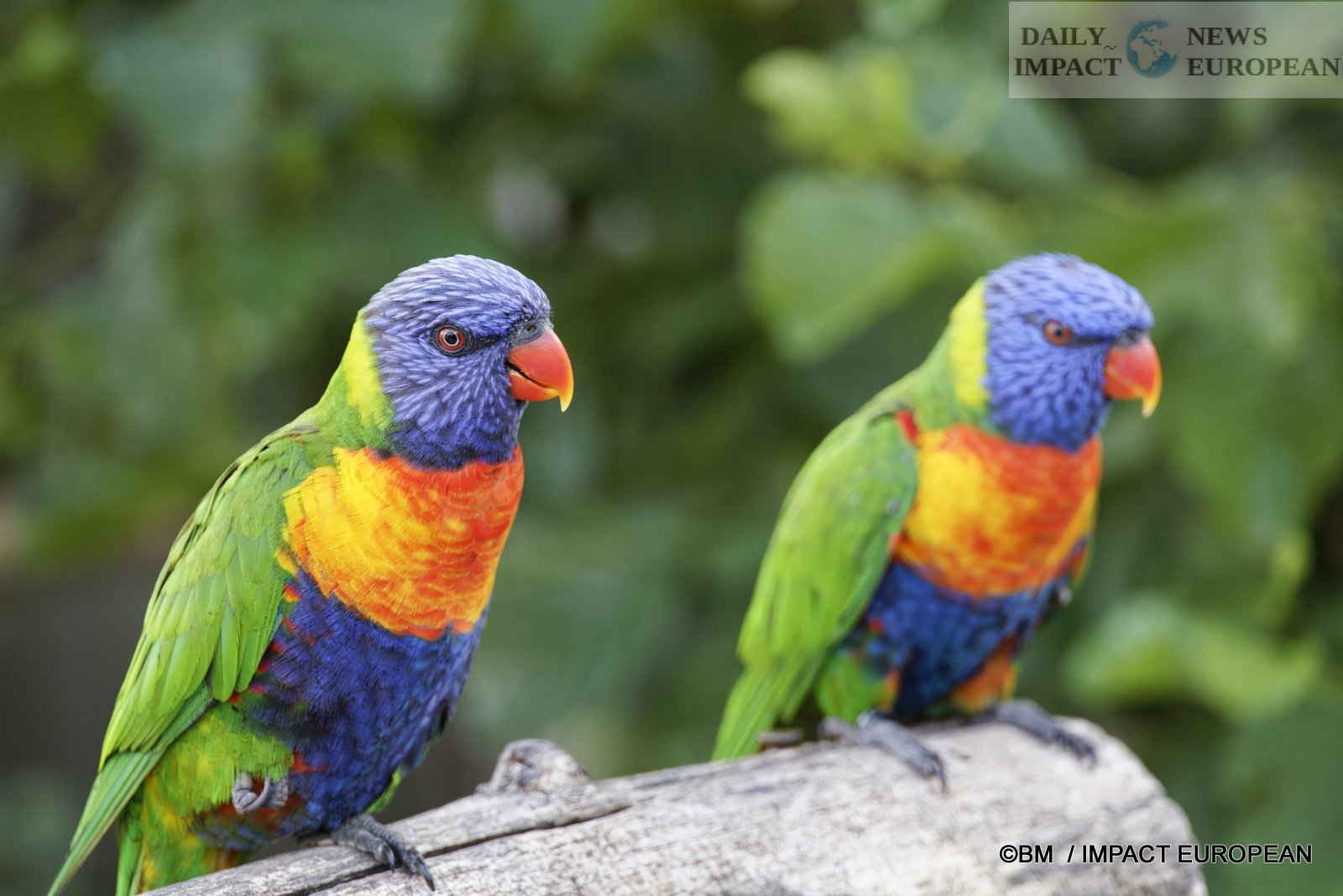
More Stories
Meeting between French and Israeli counterparts Emmanuel Macron and Isaac Herzog at the Élysée
“Dansong” at the Avignon Off Festival 2024
Olympic Flame at the Jardin du Musée Mac Val